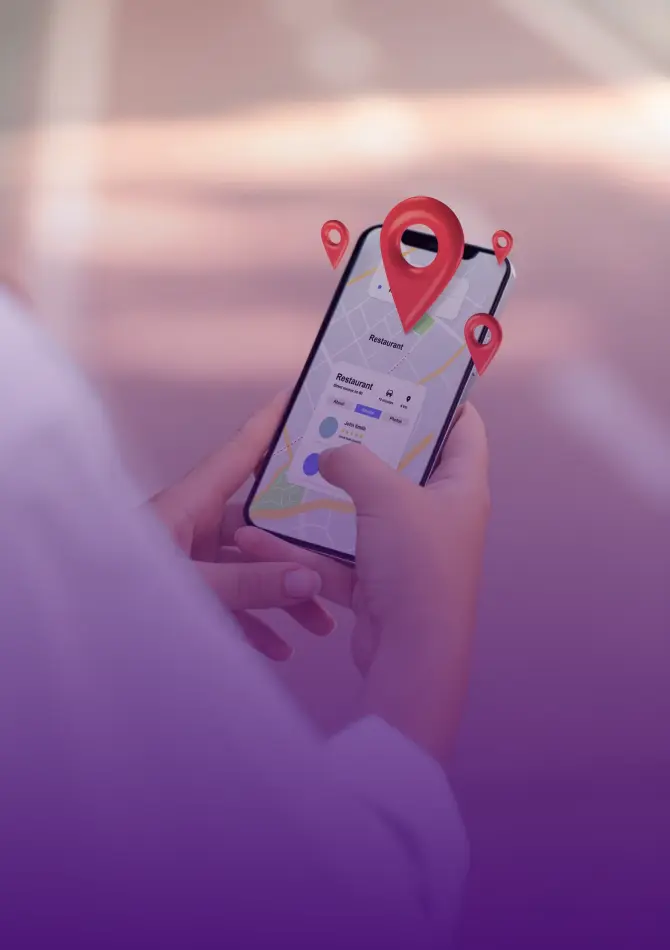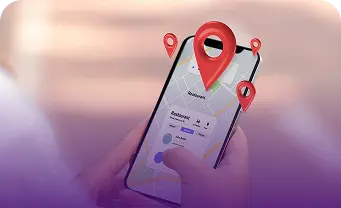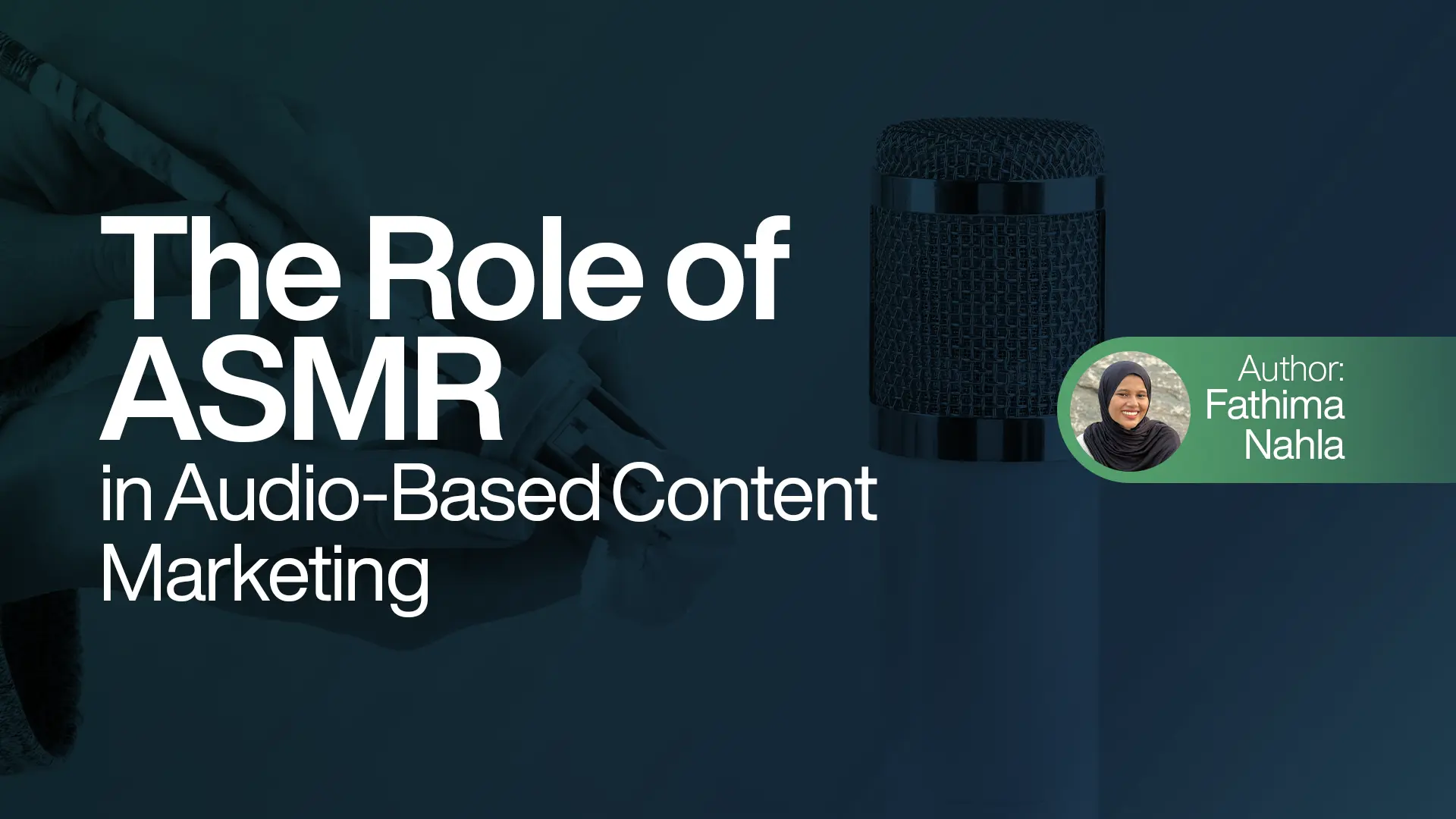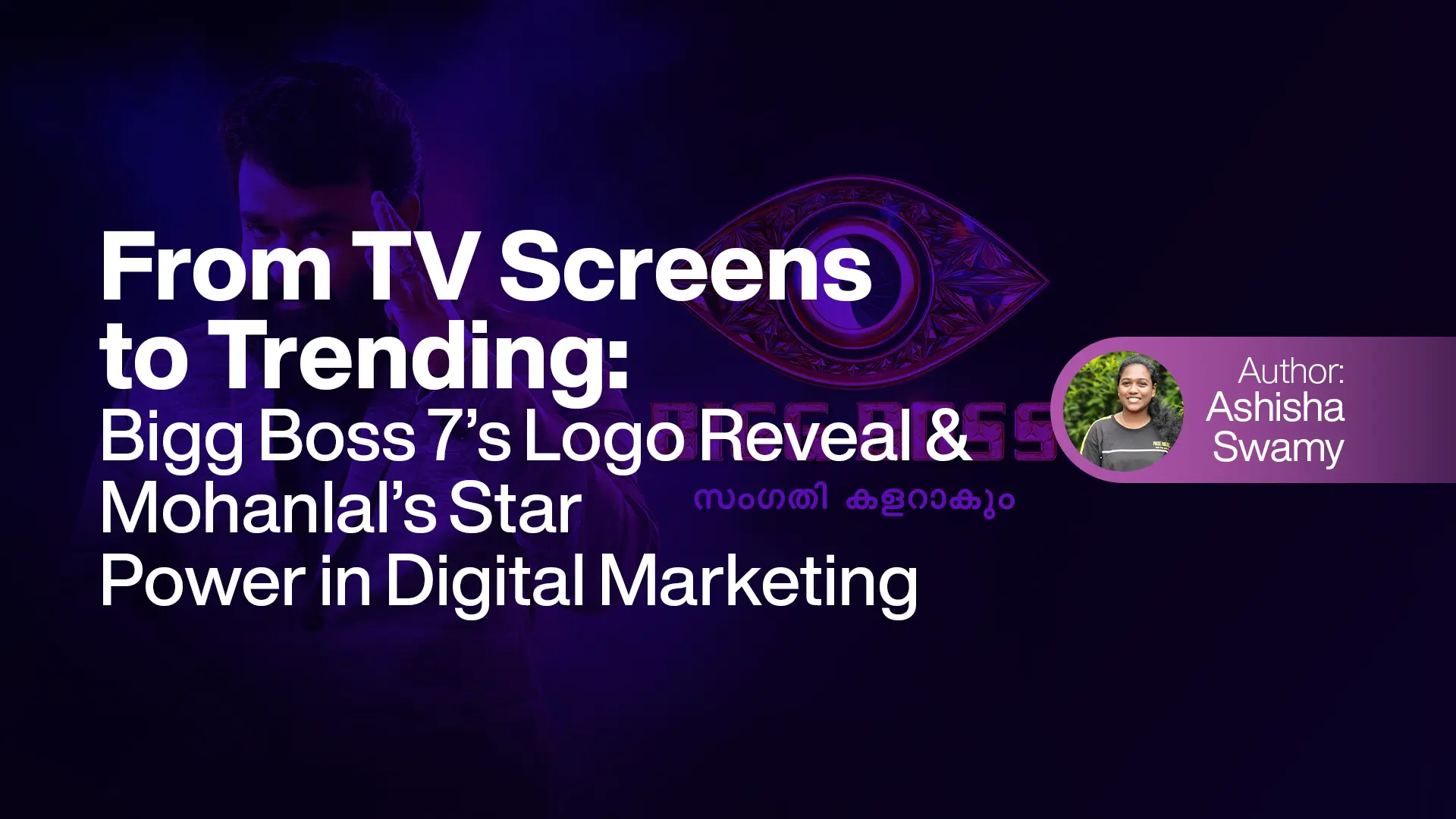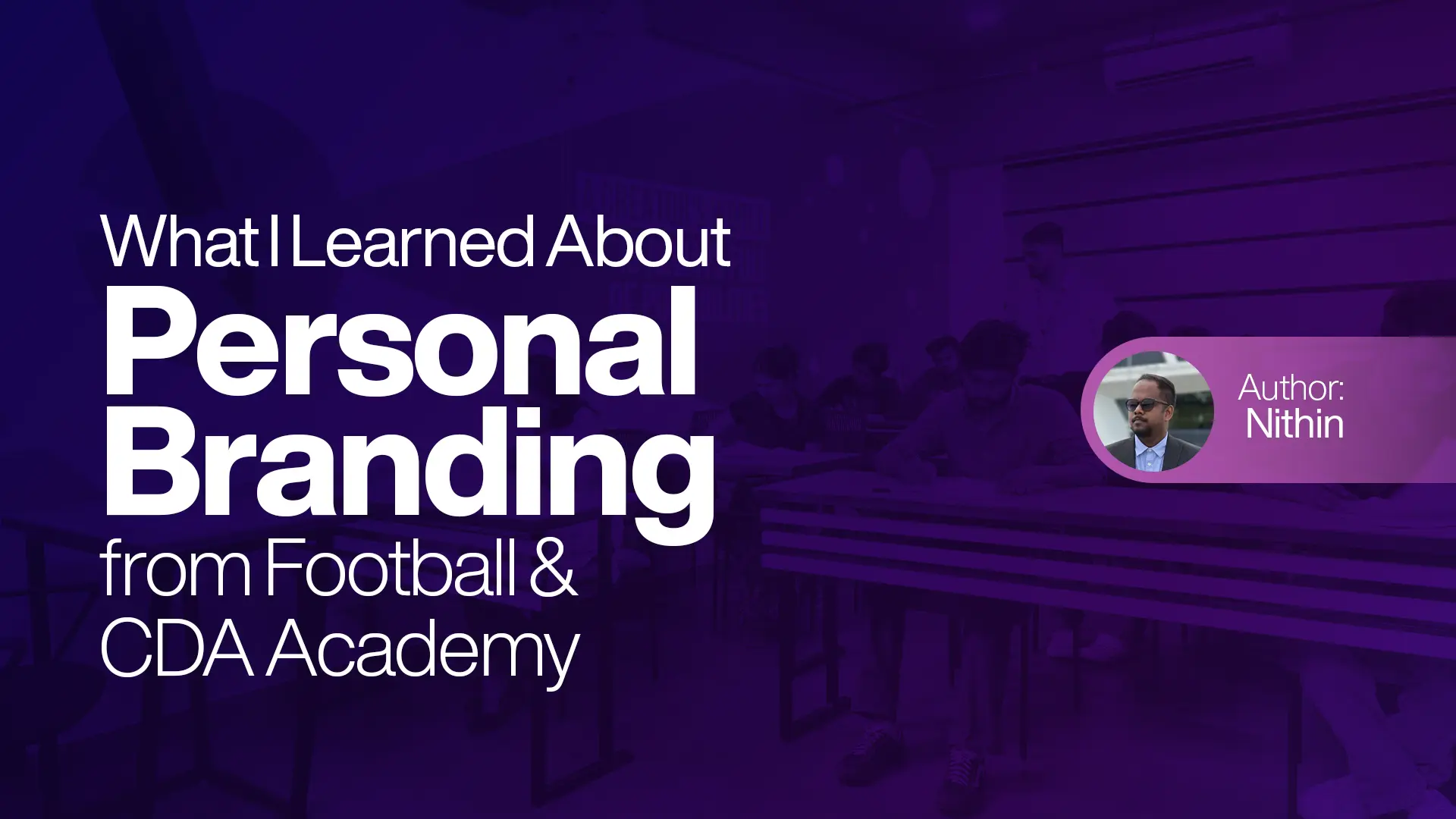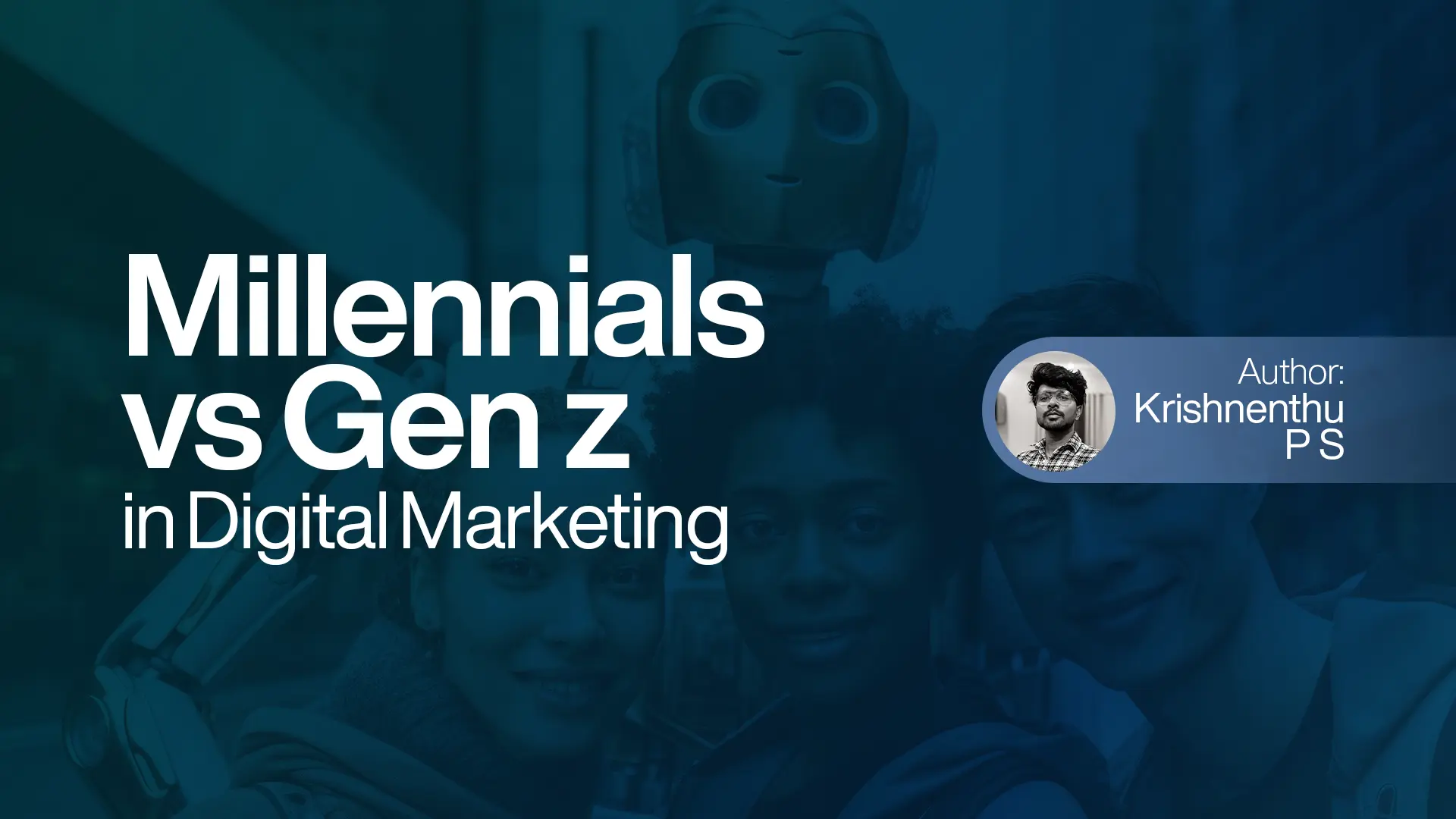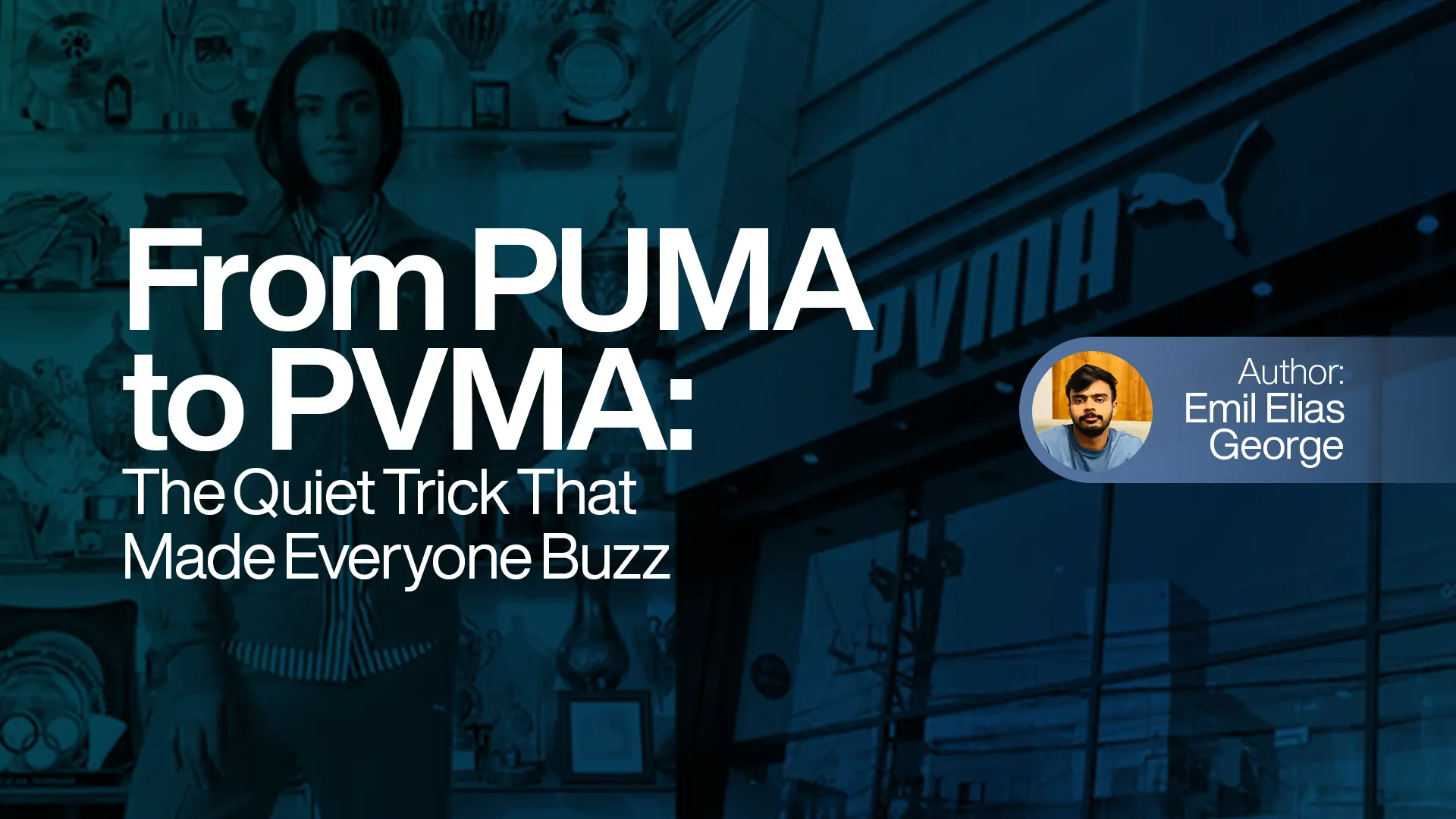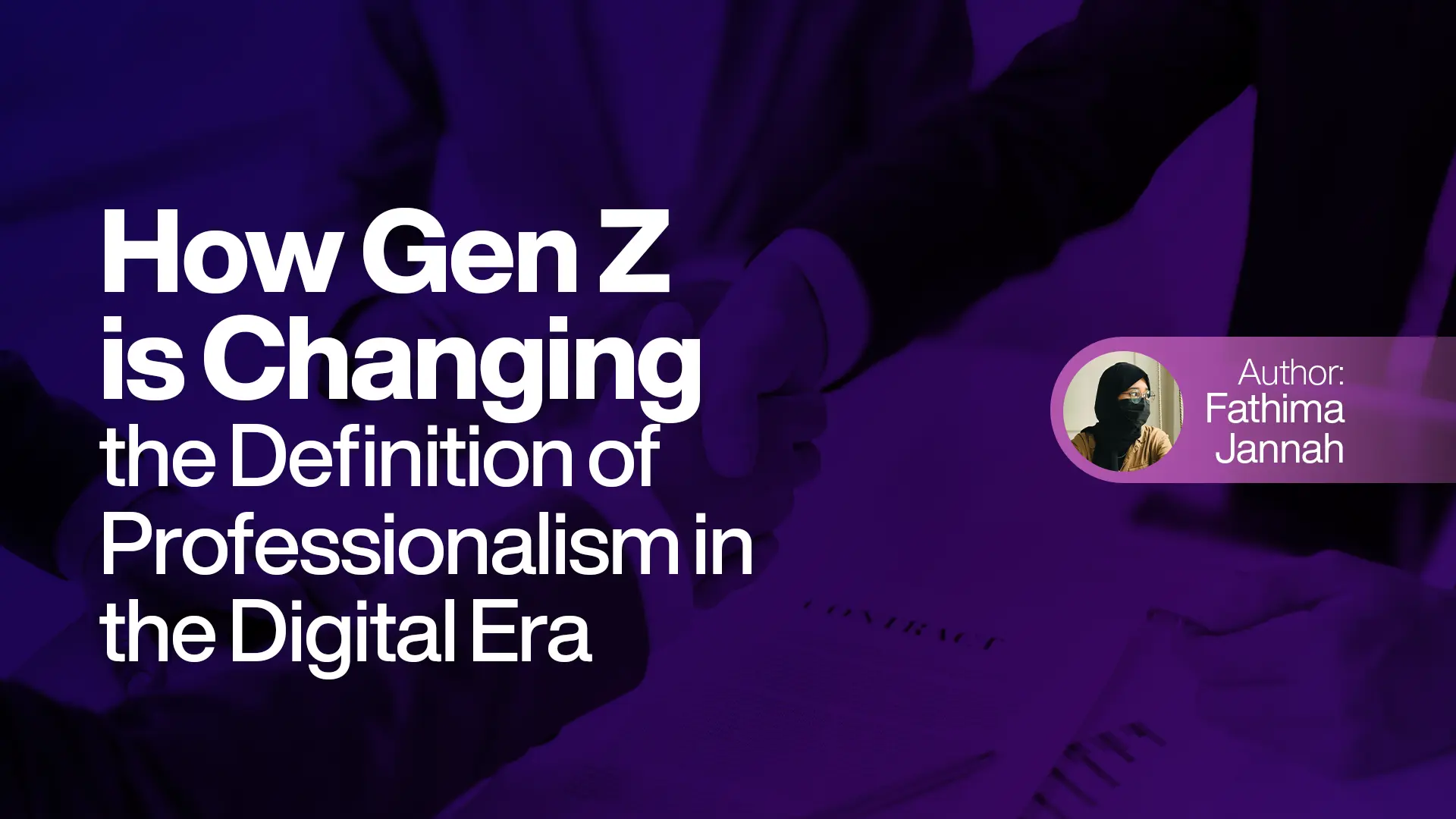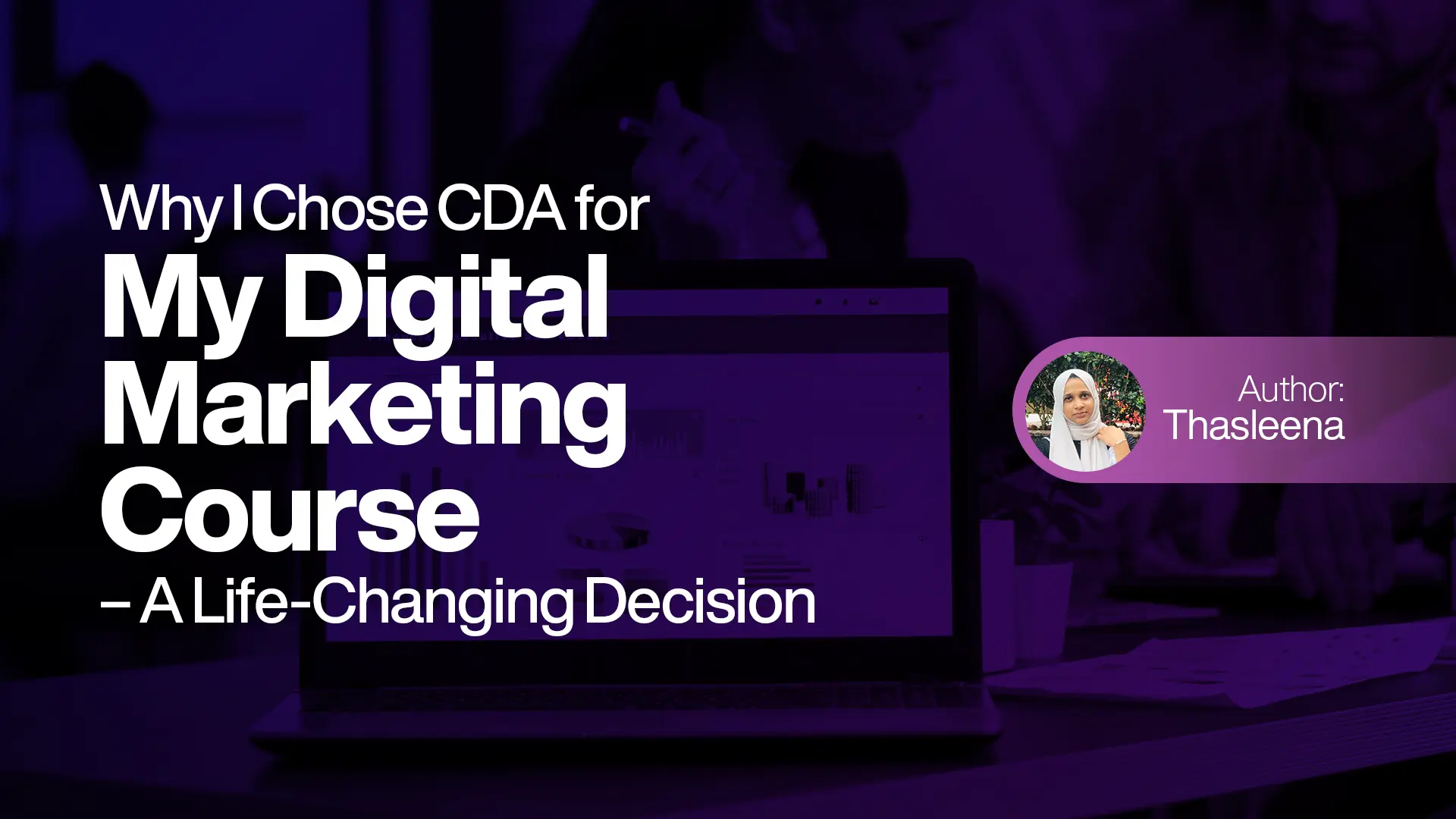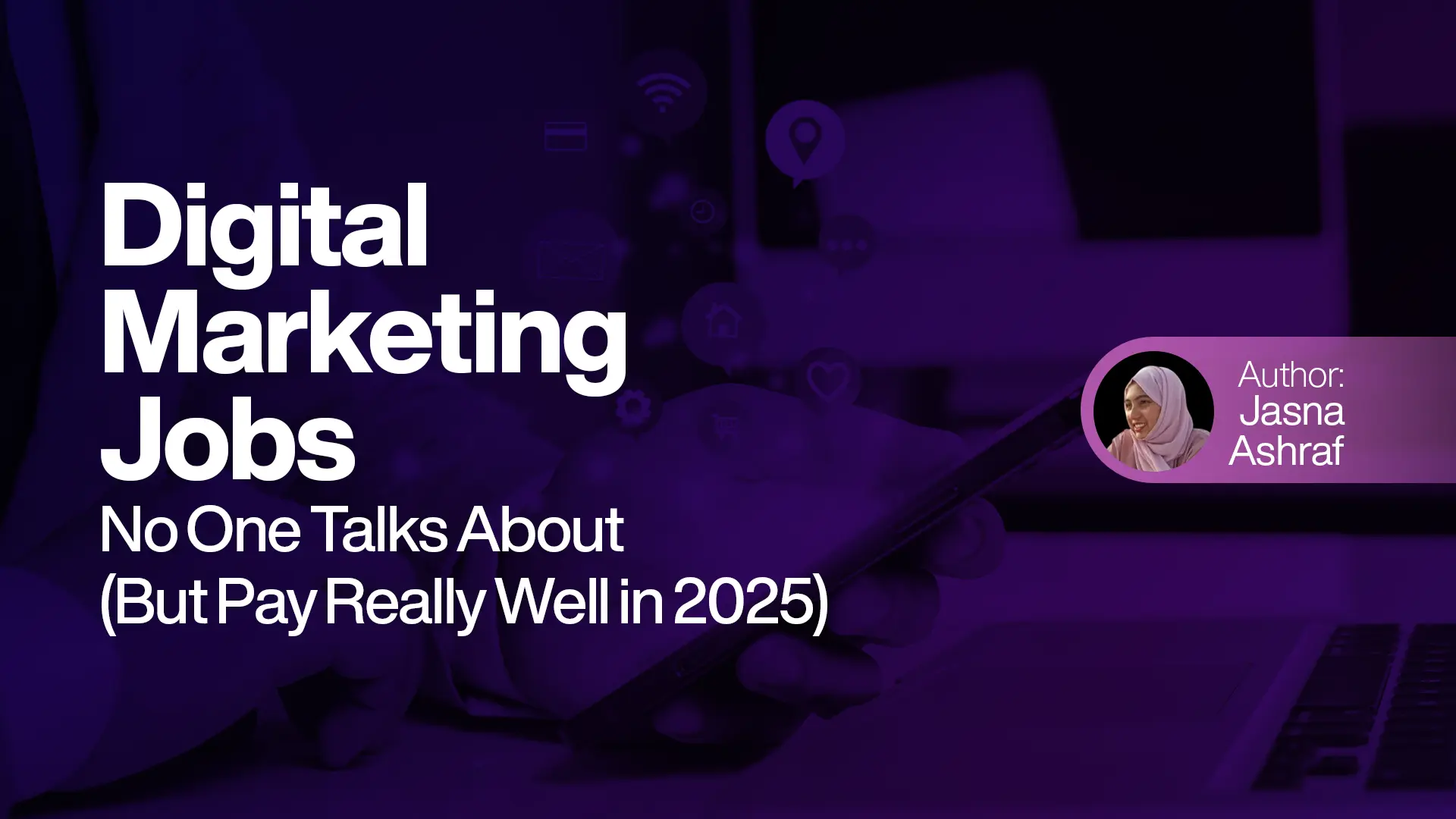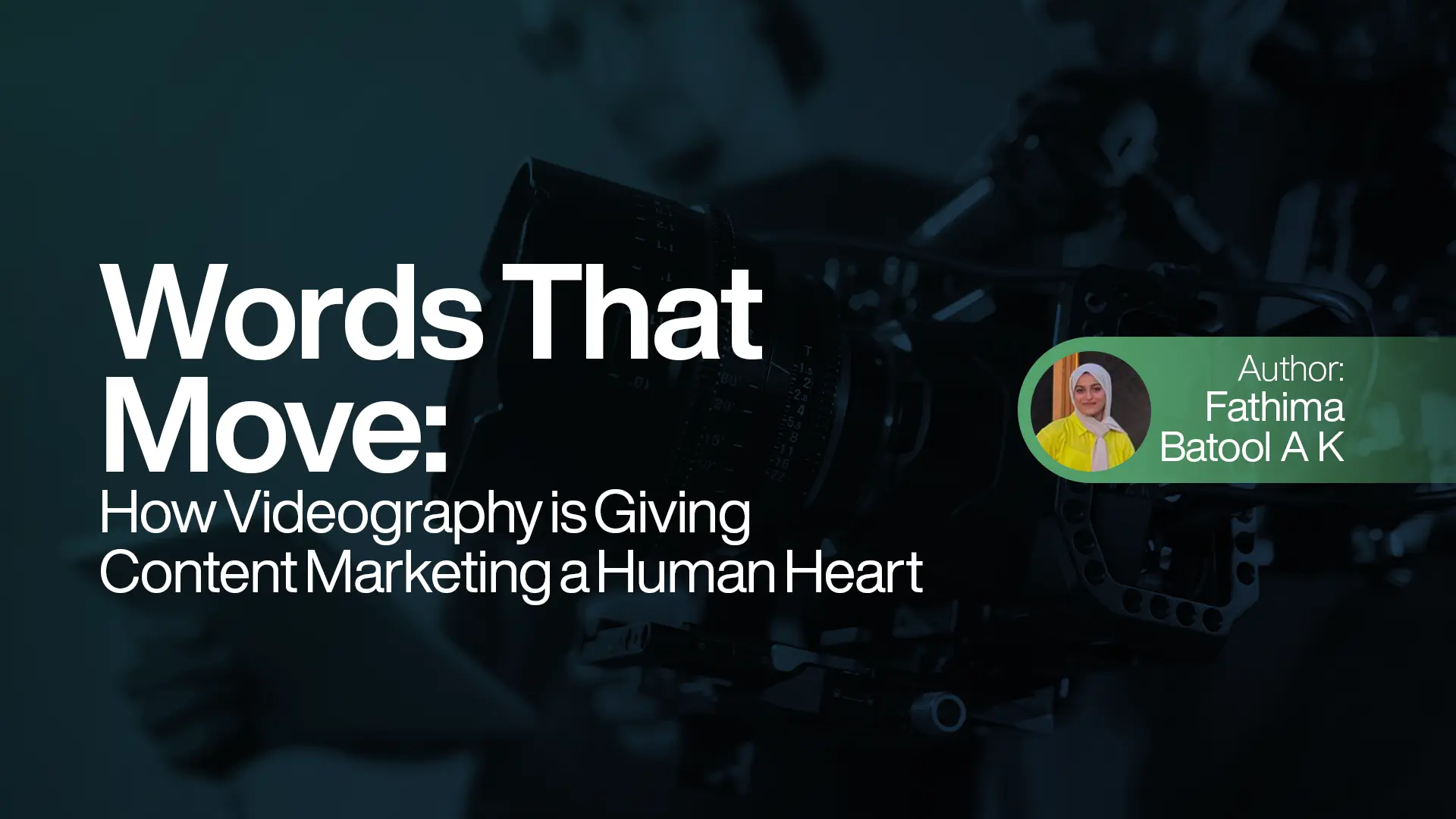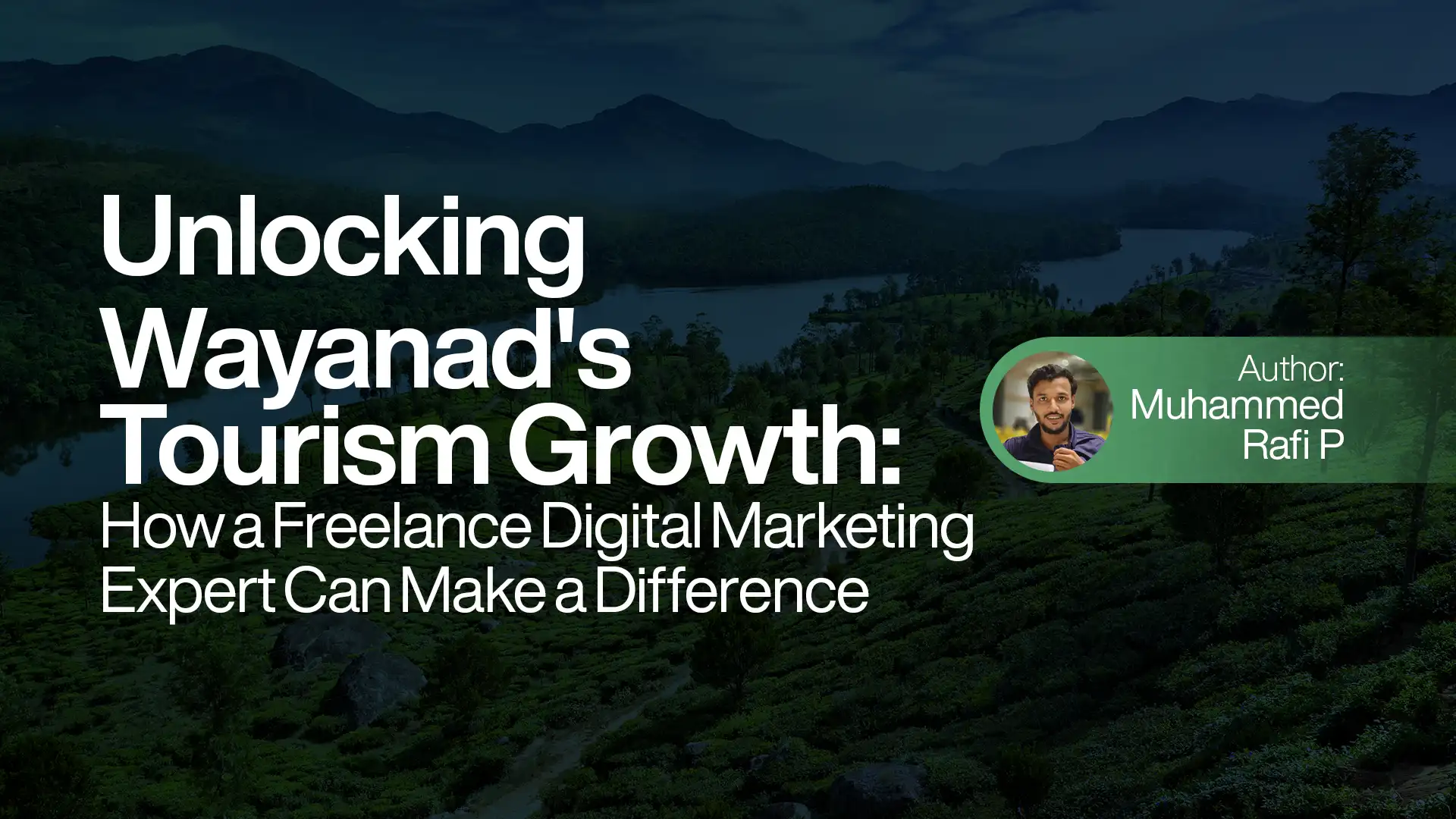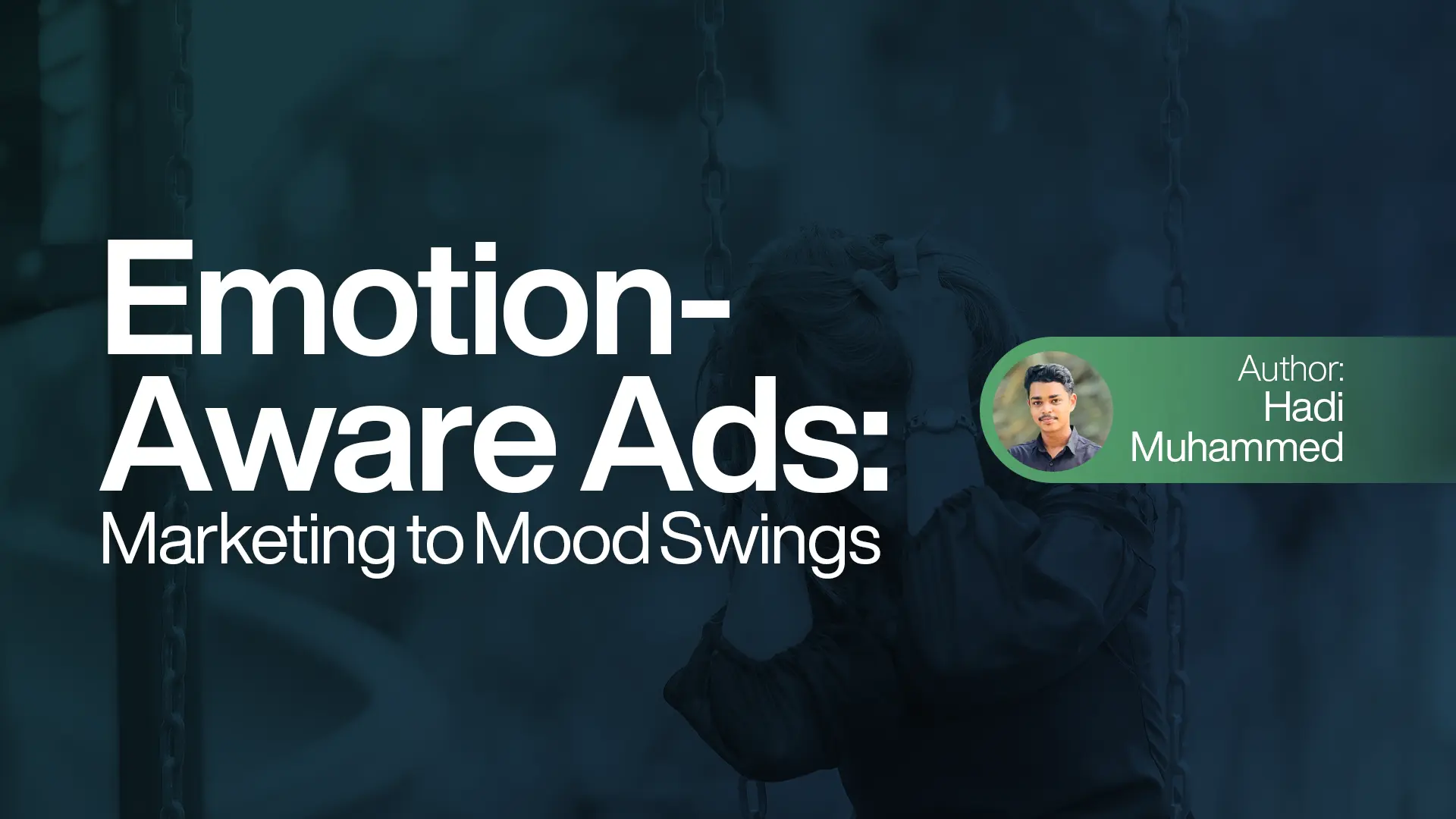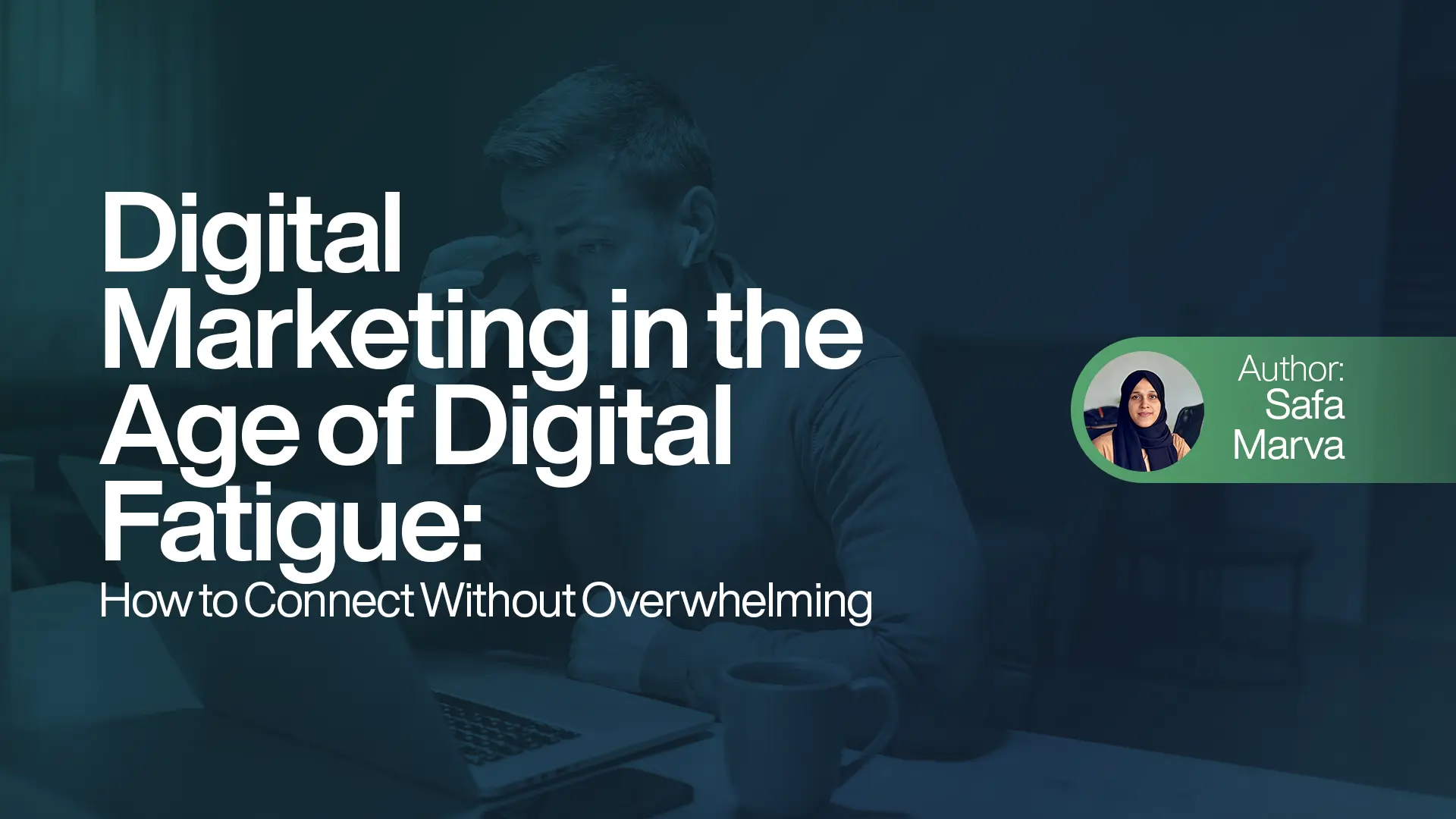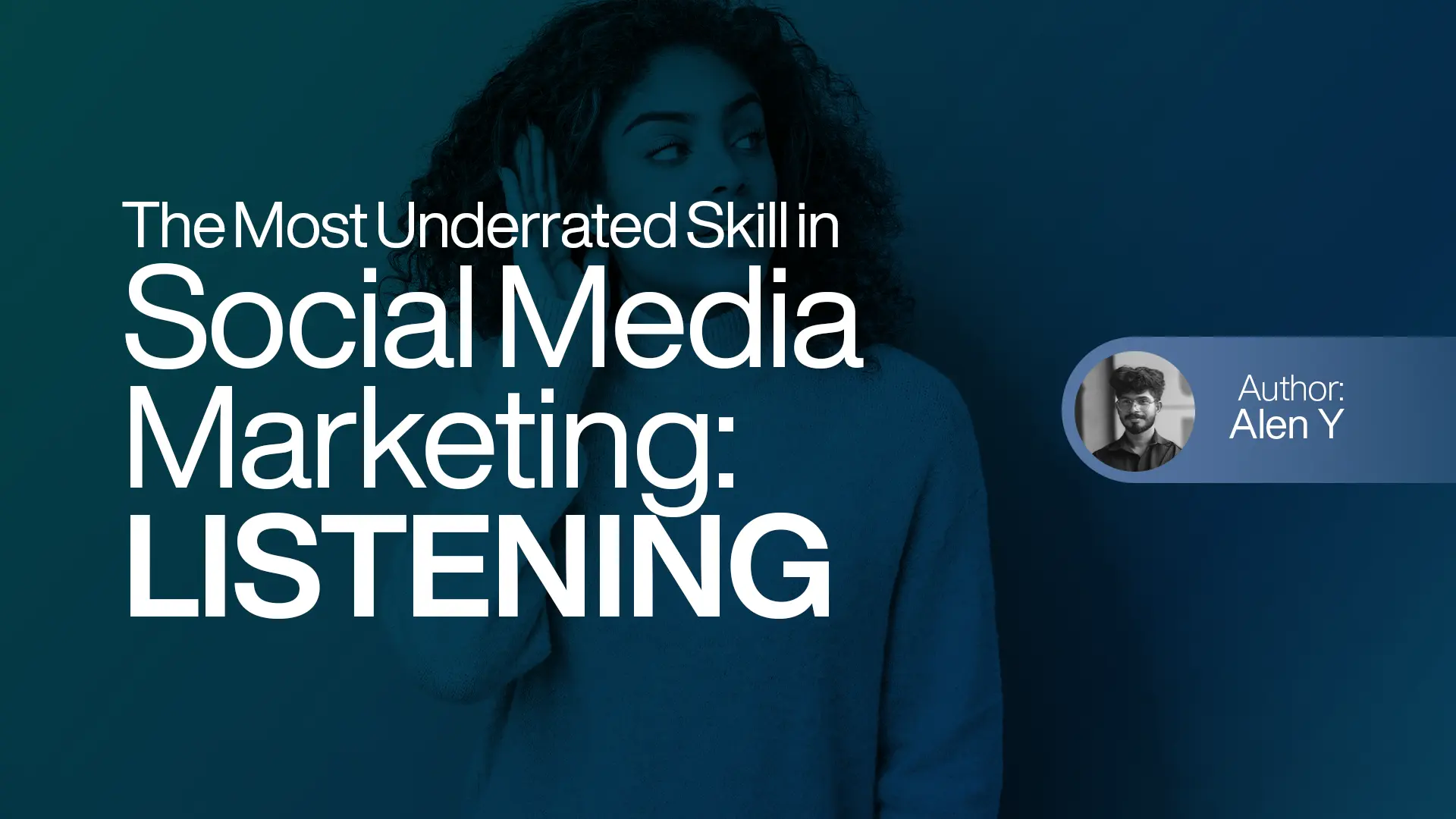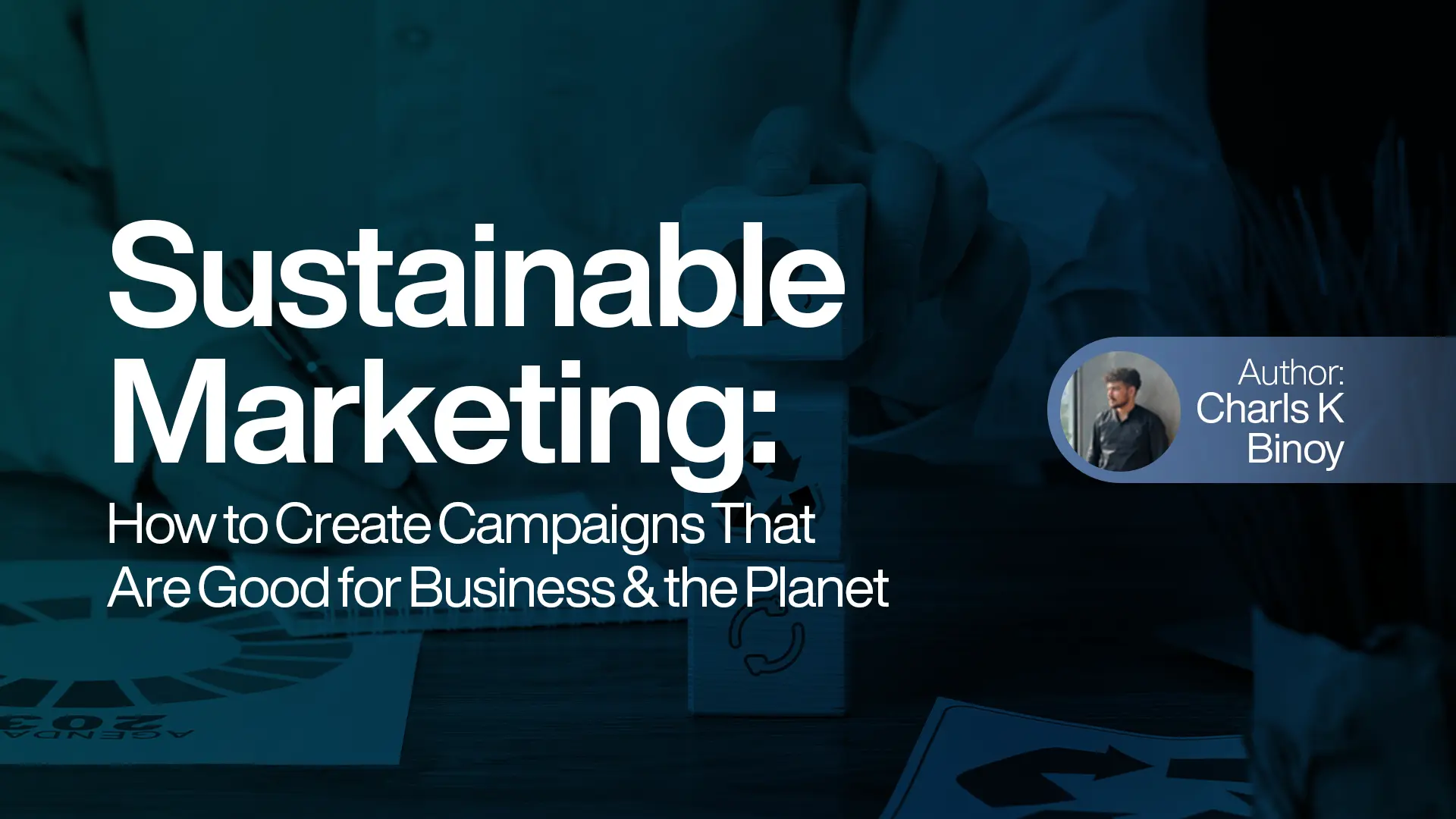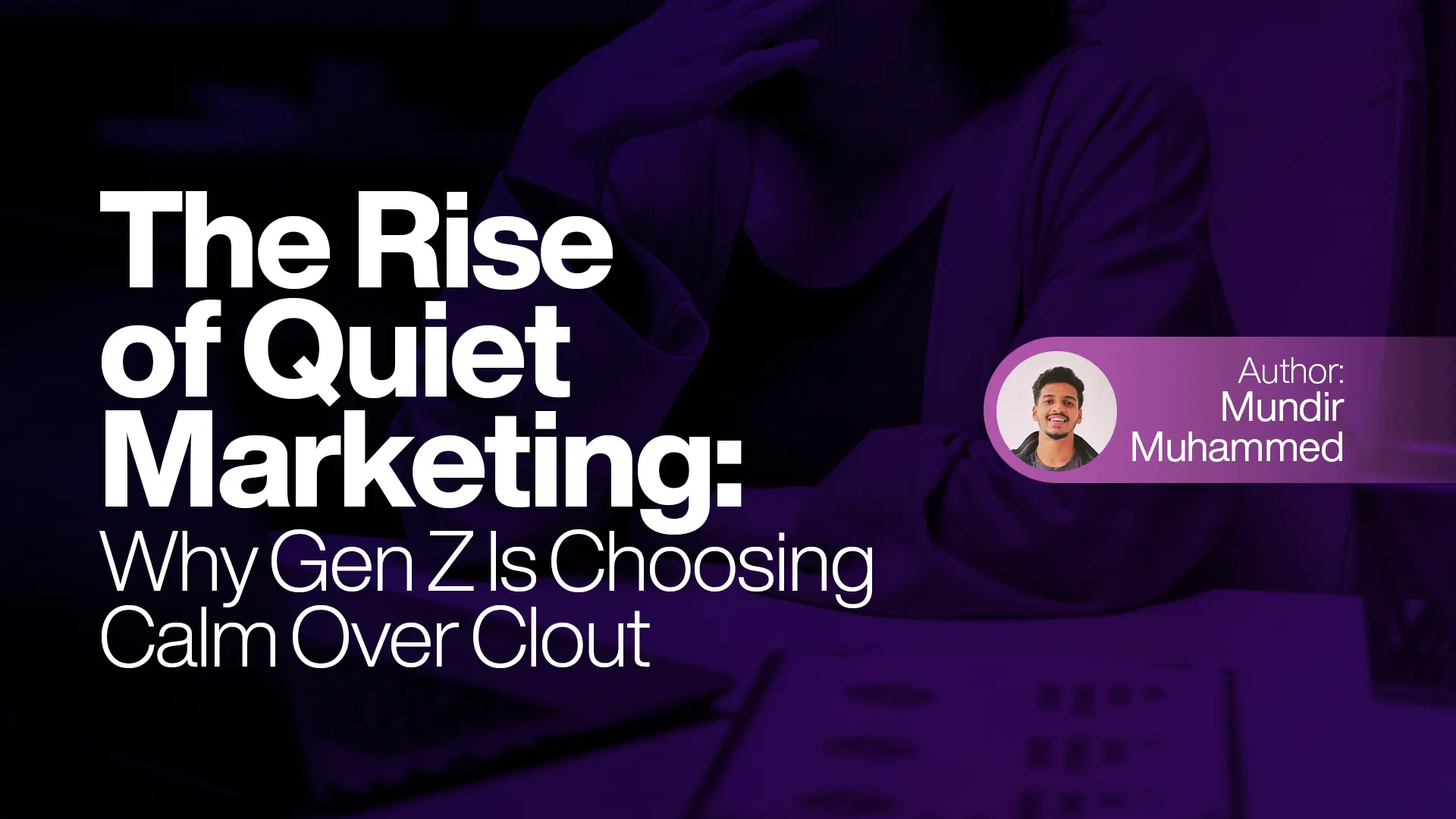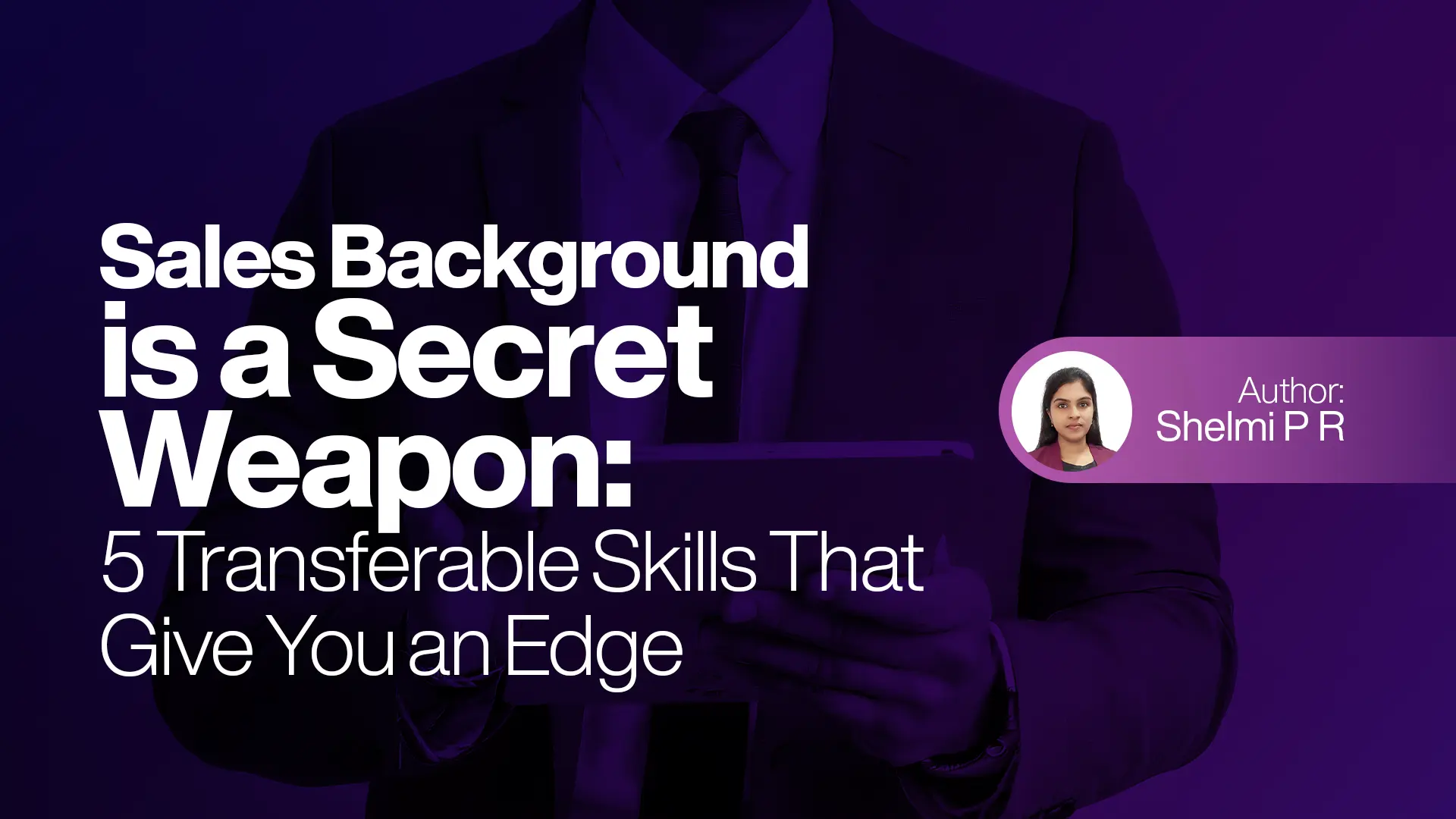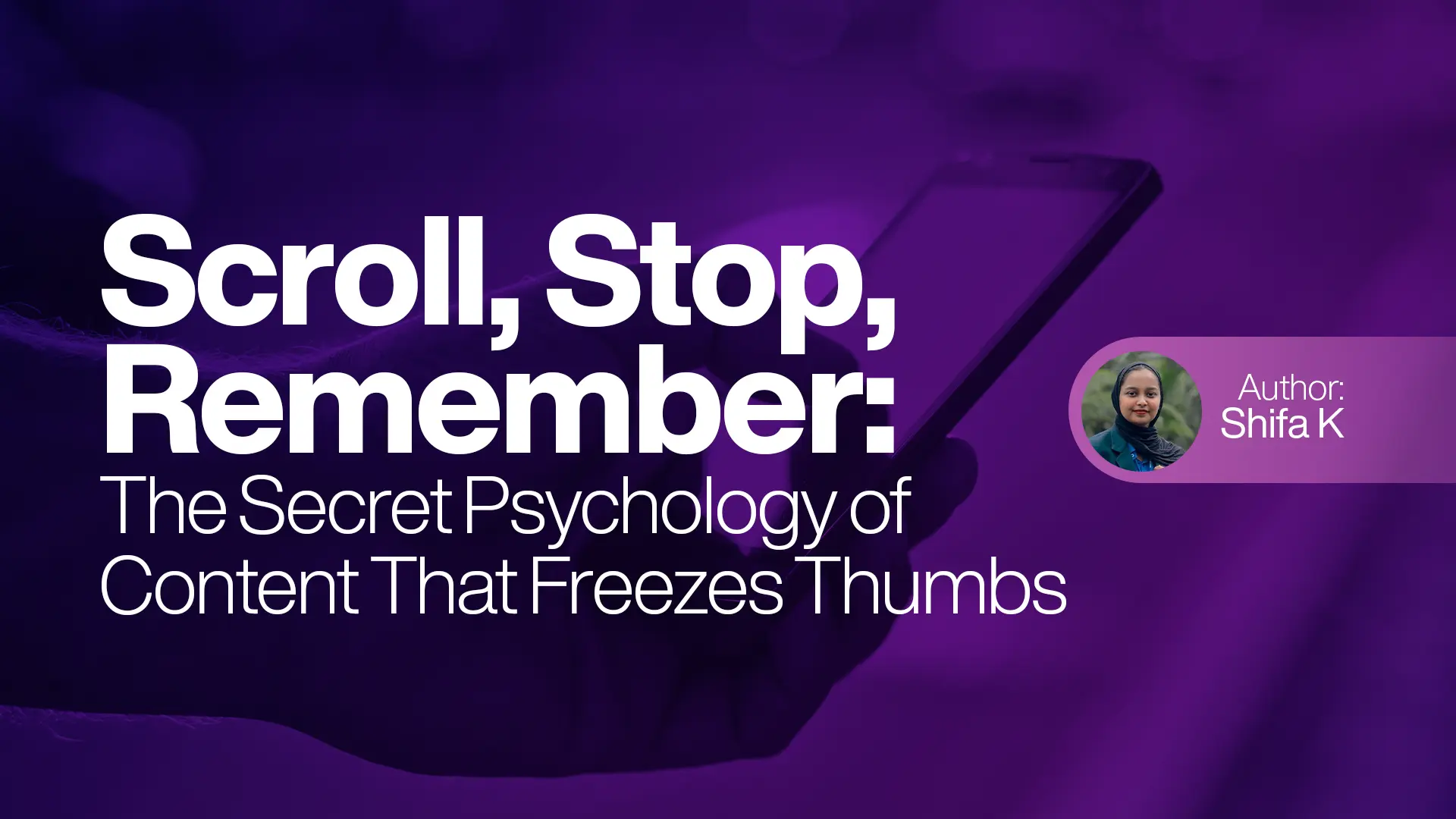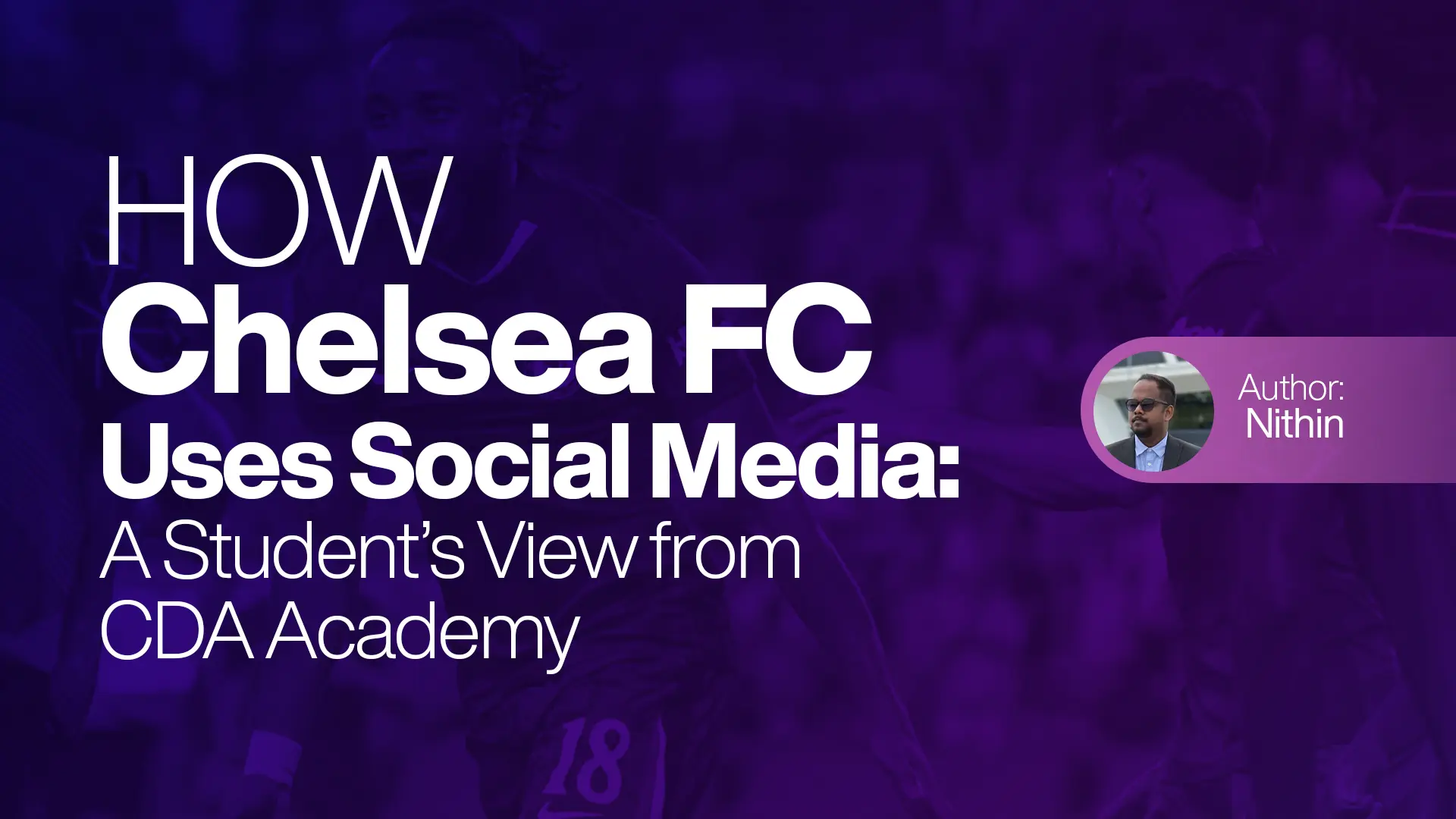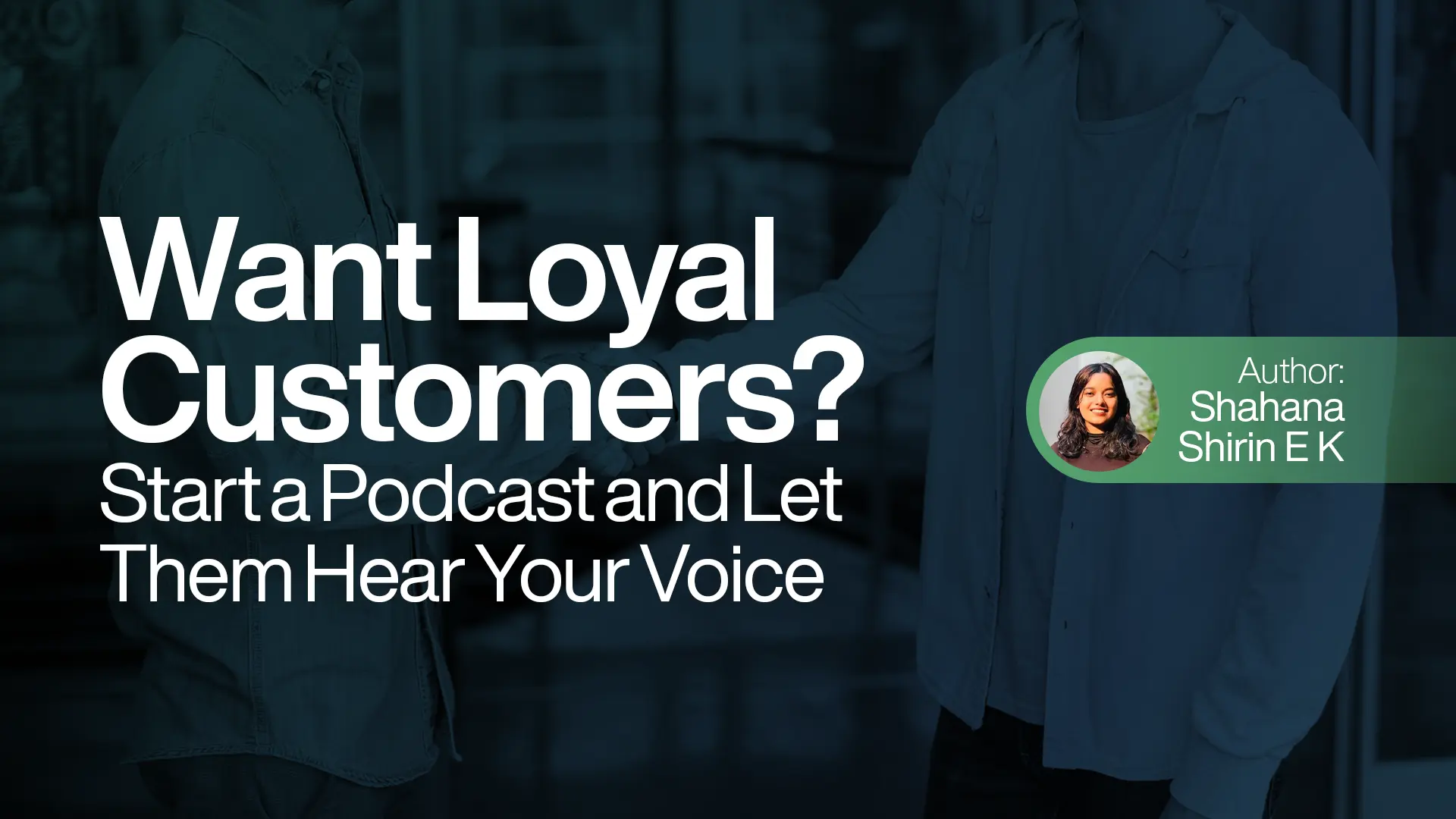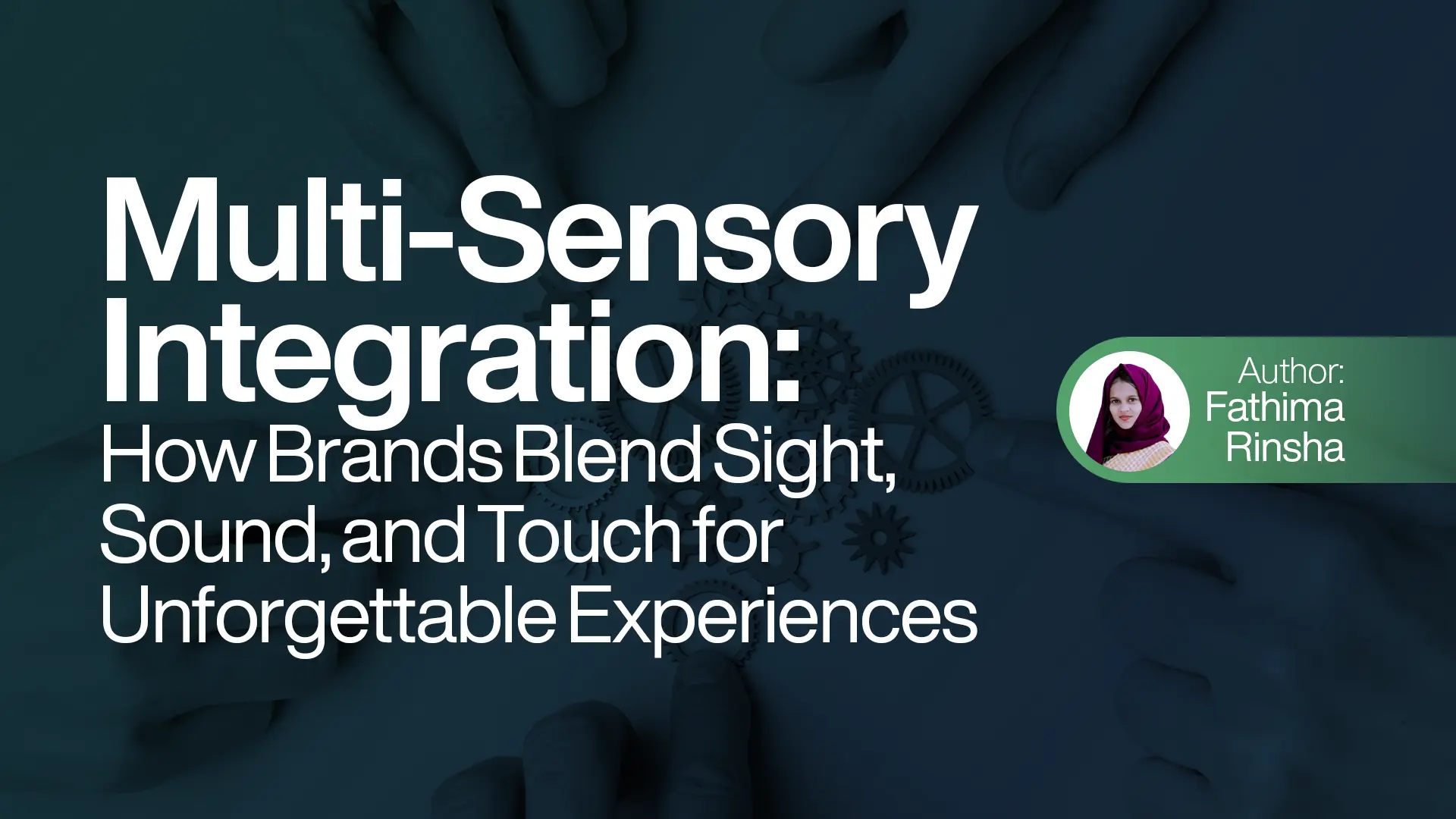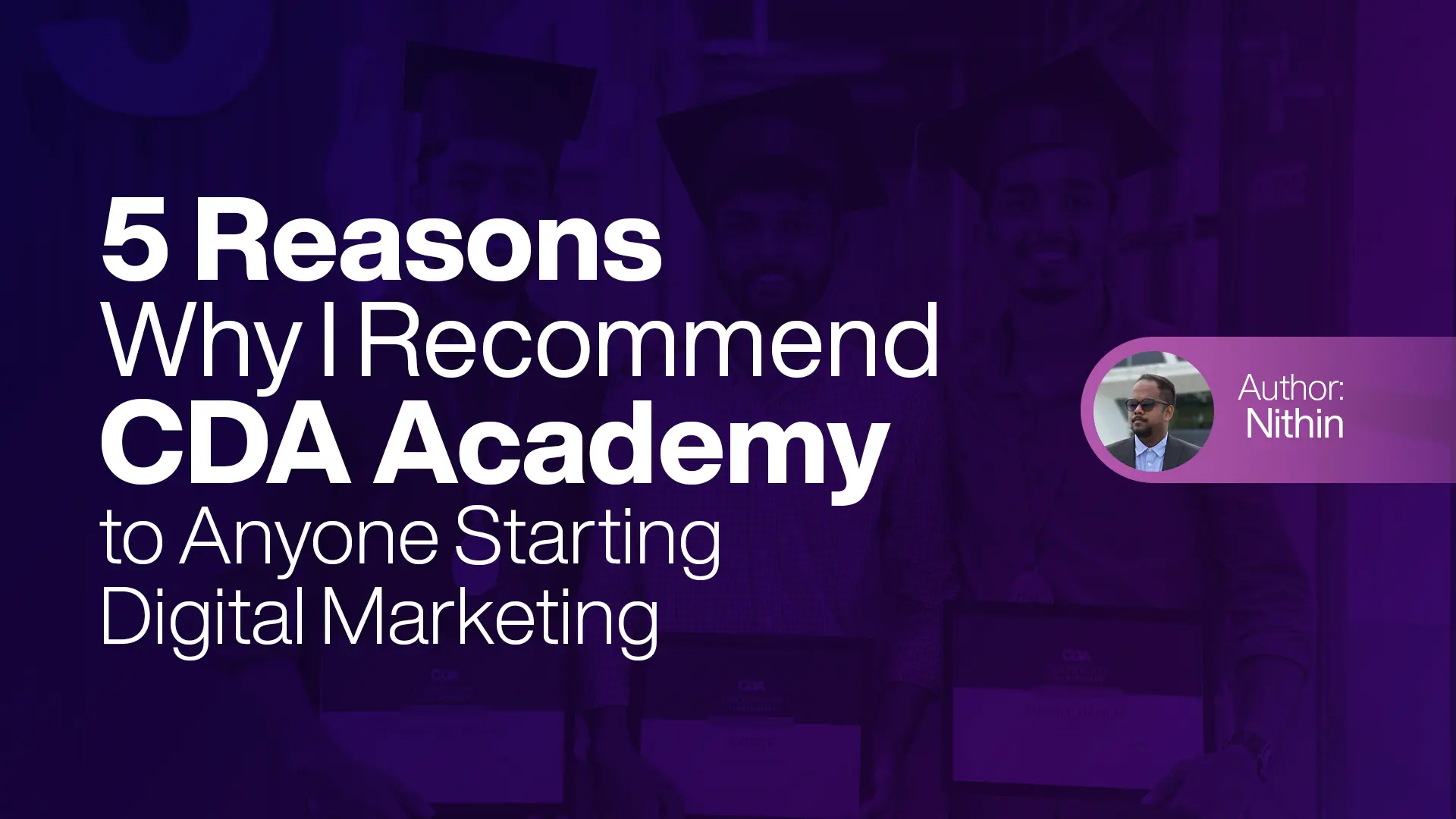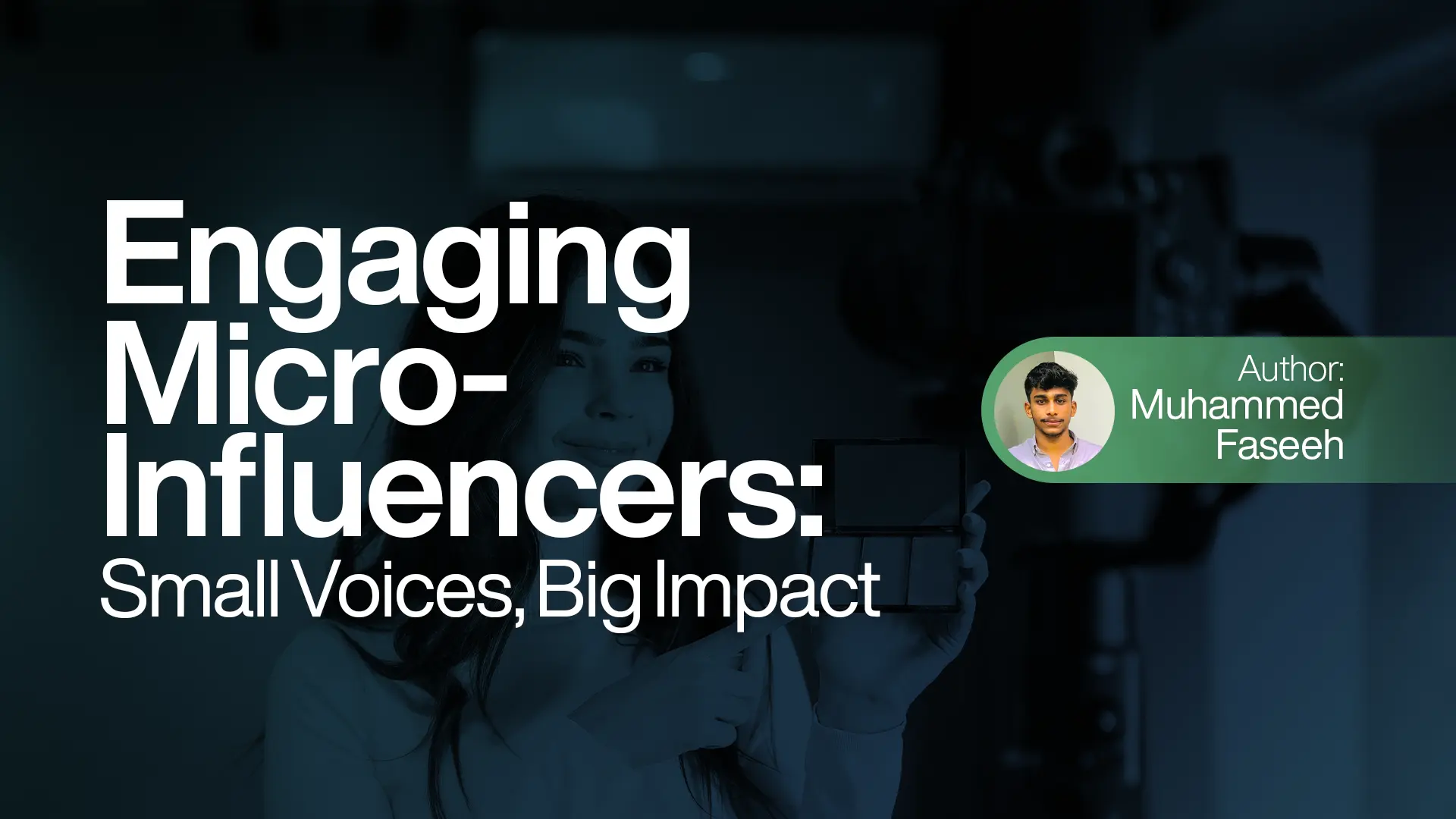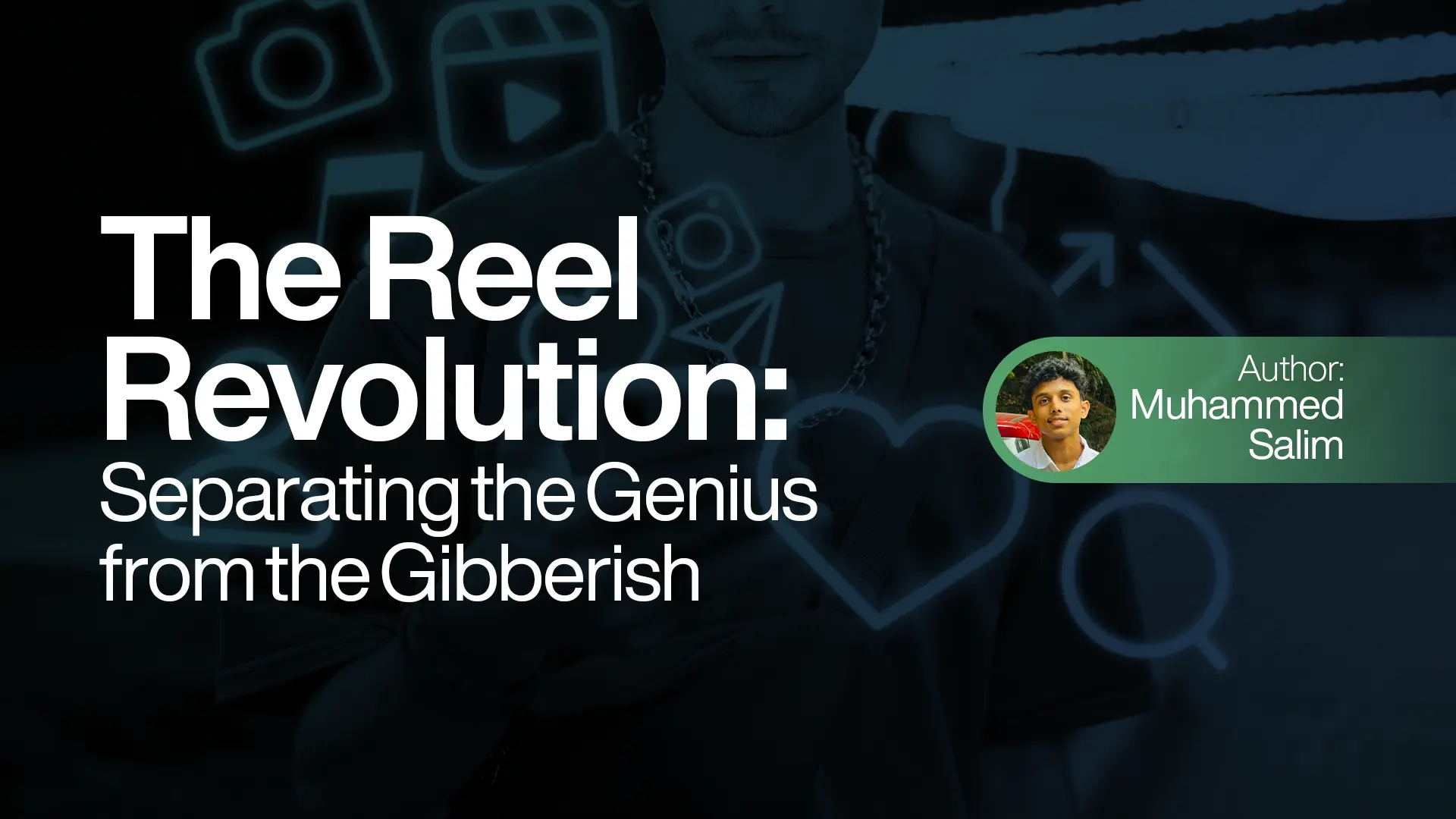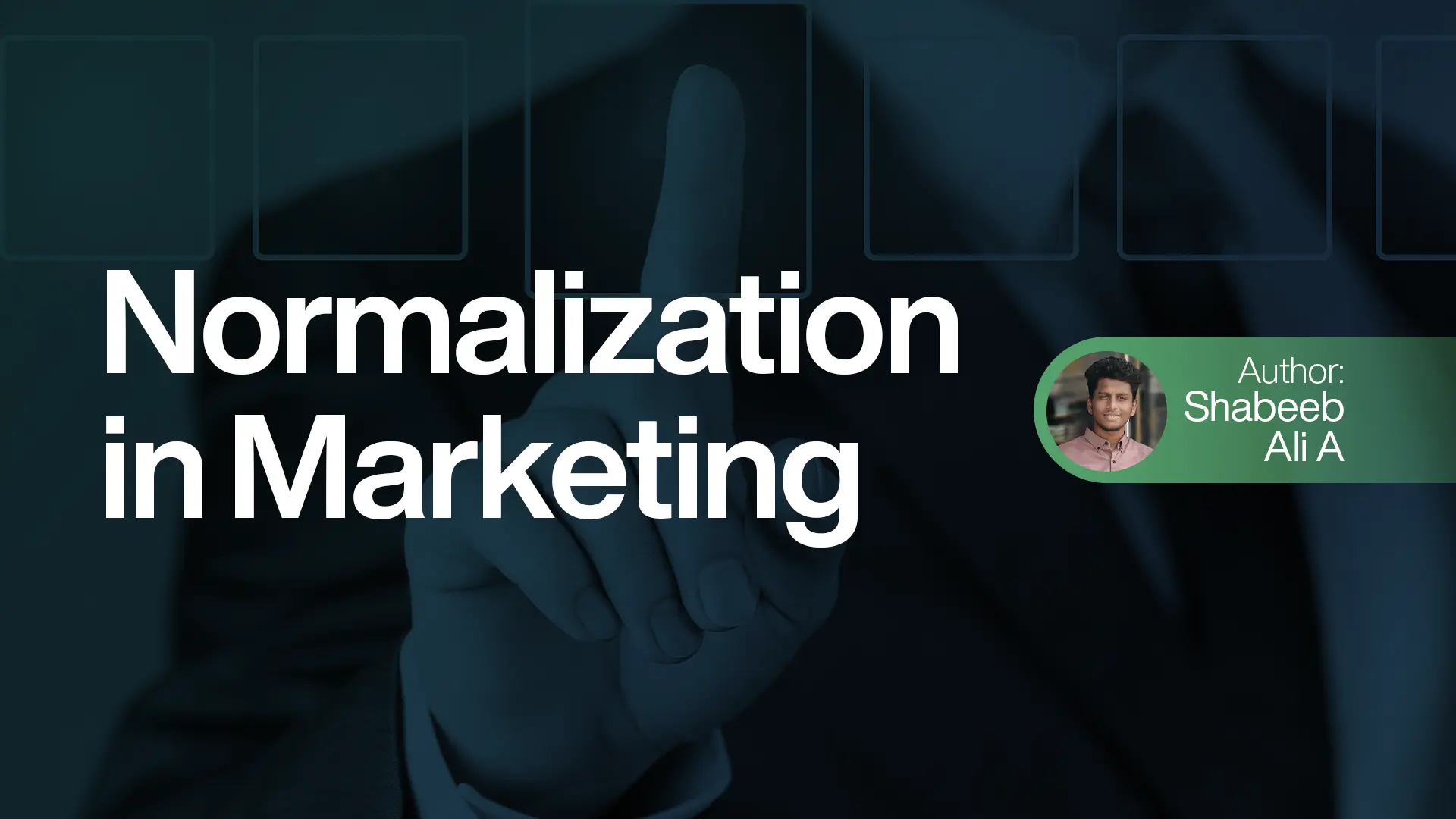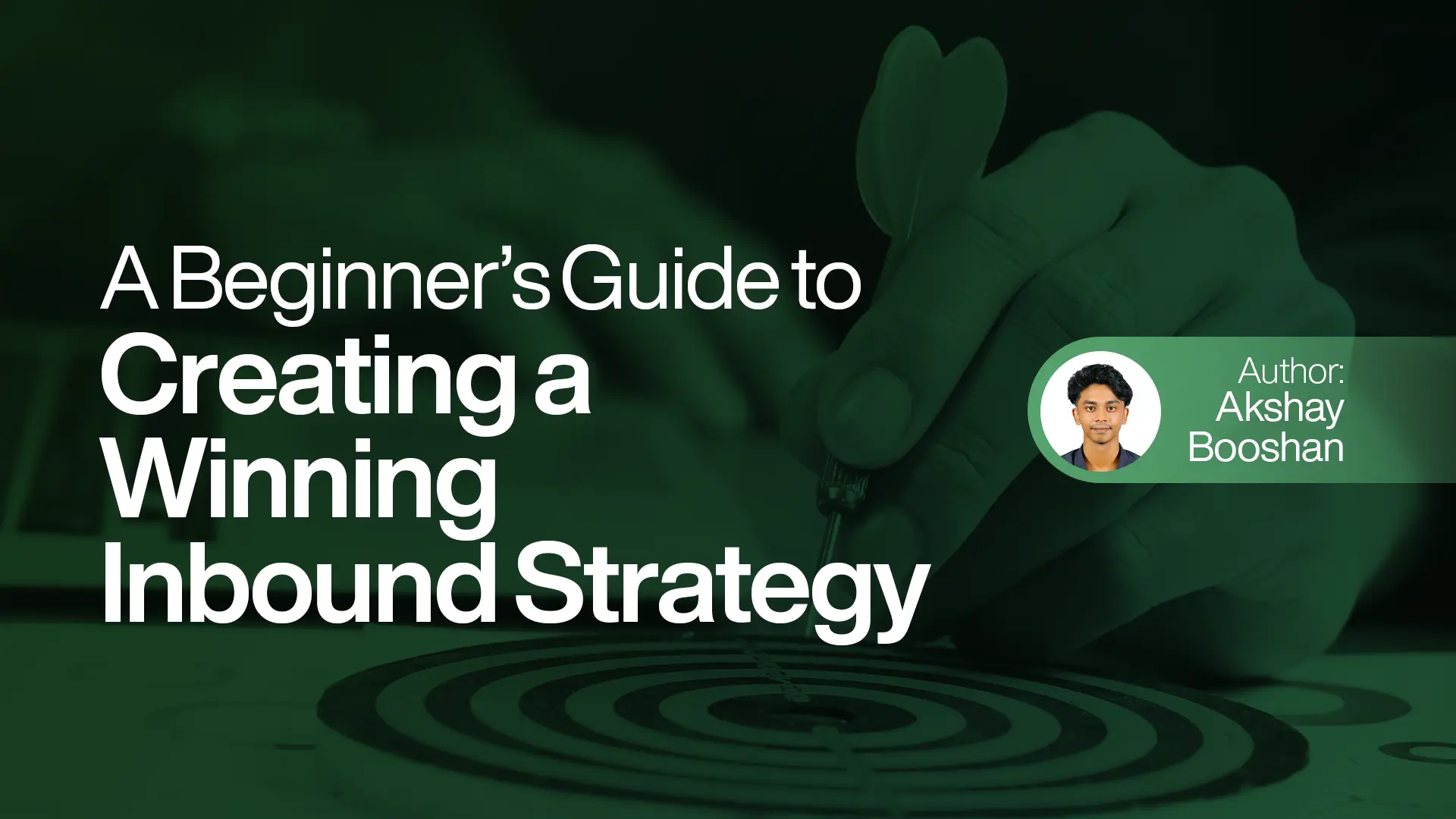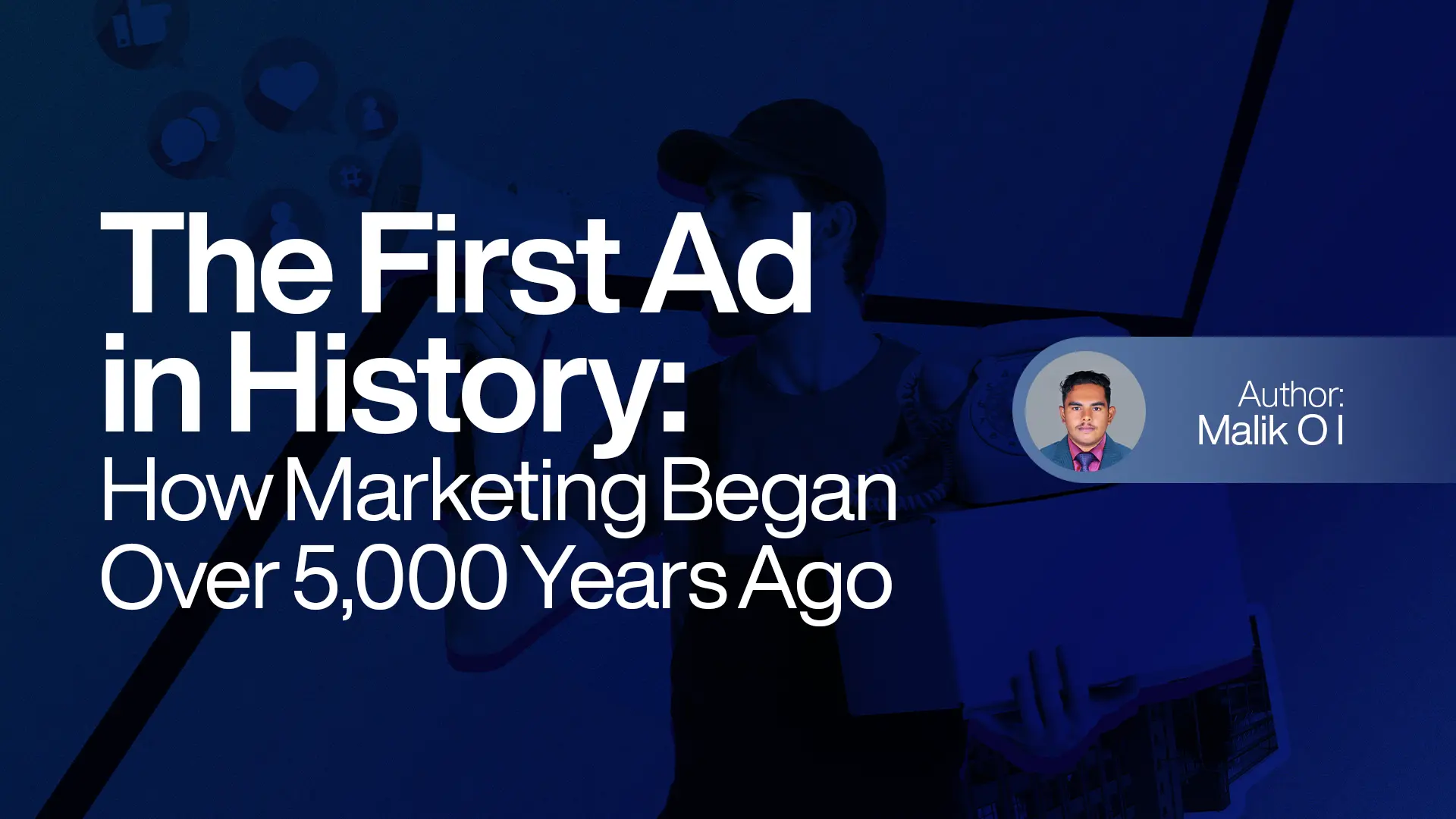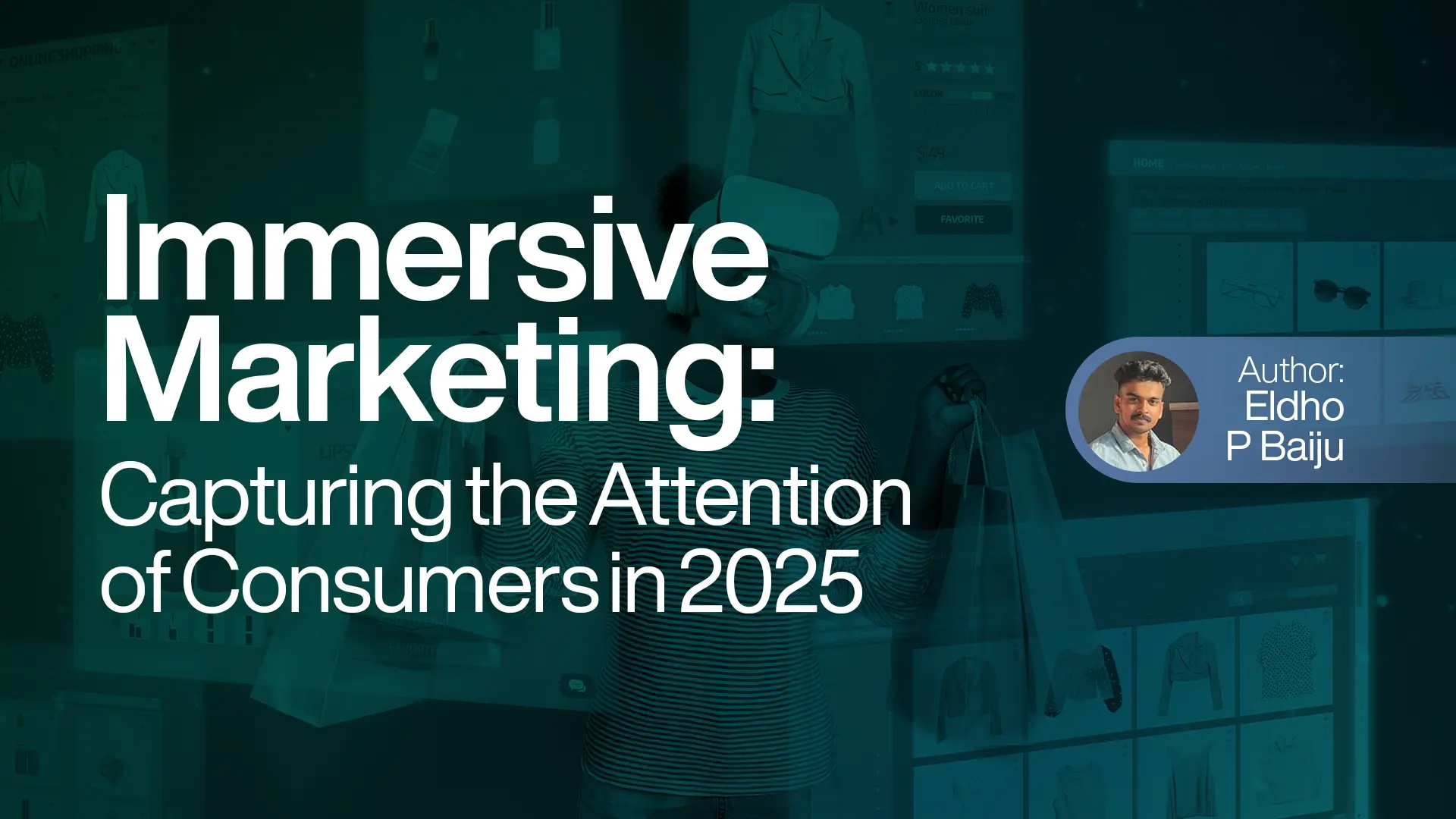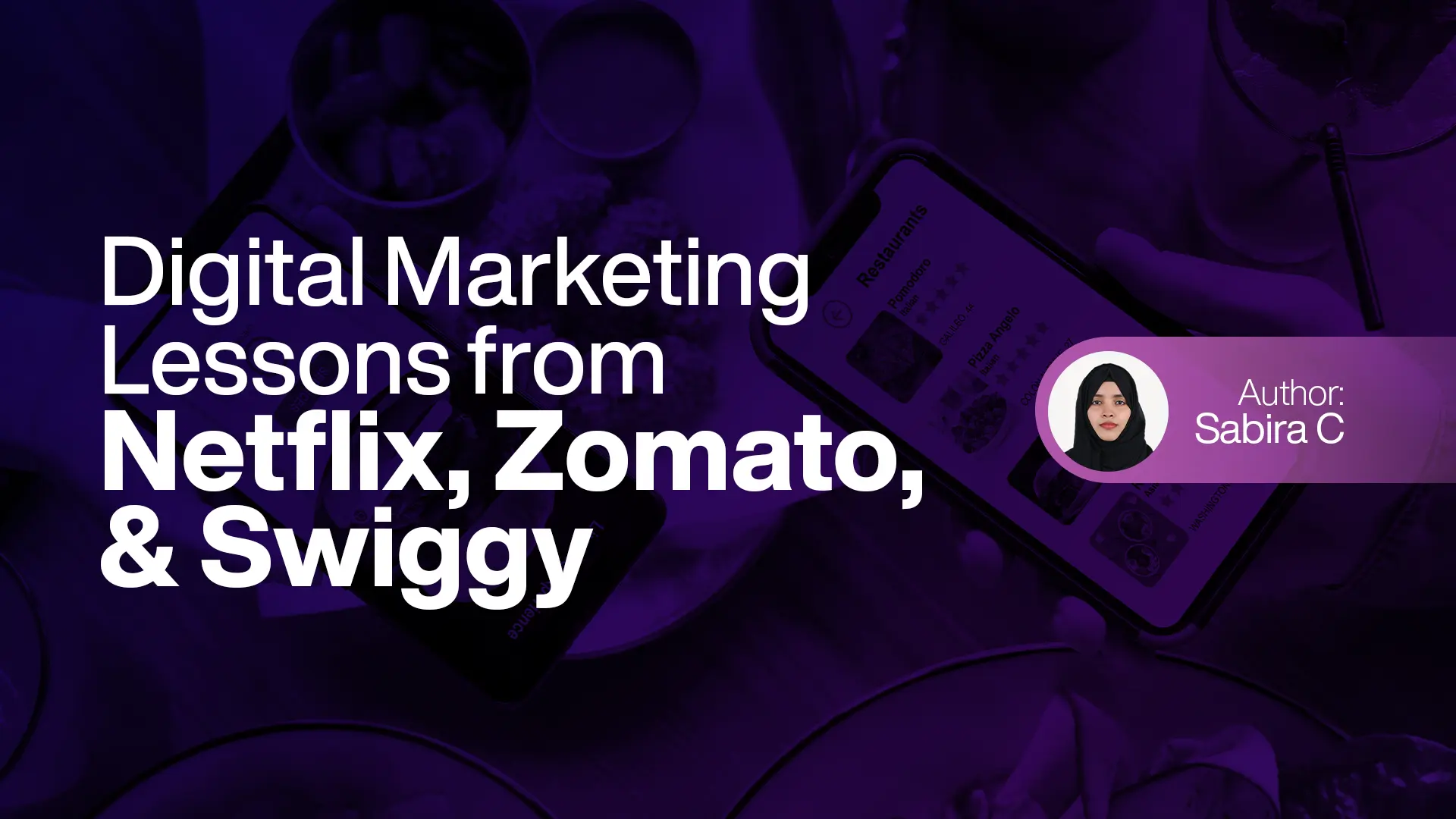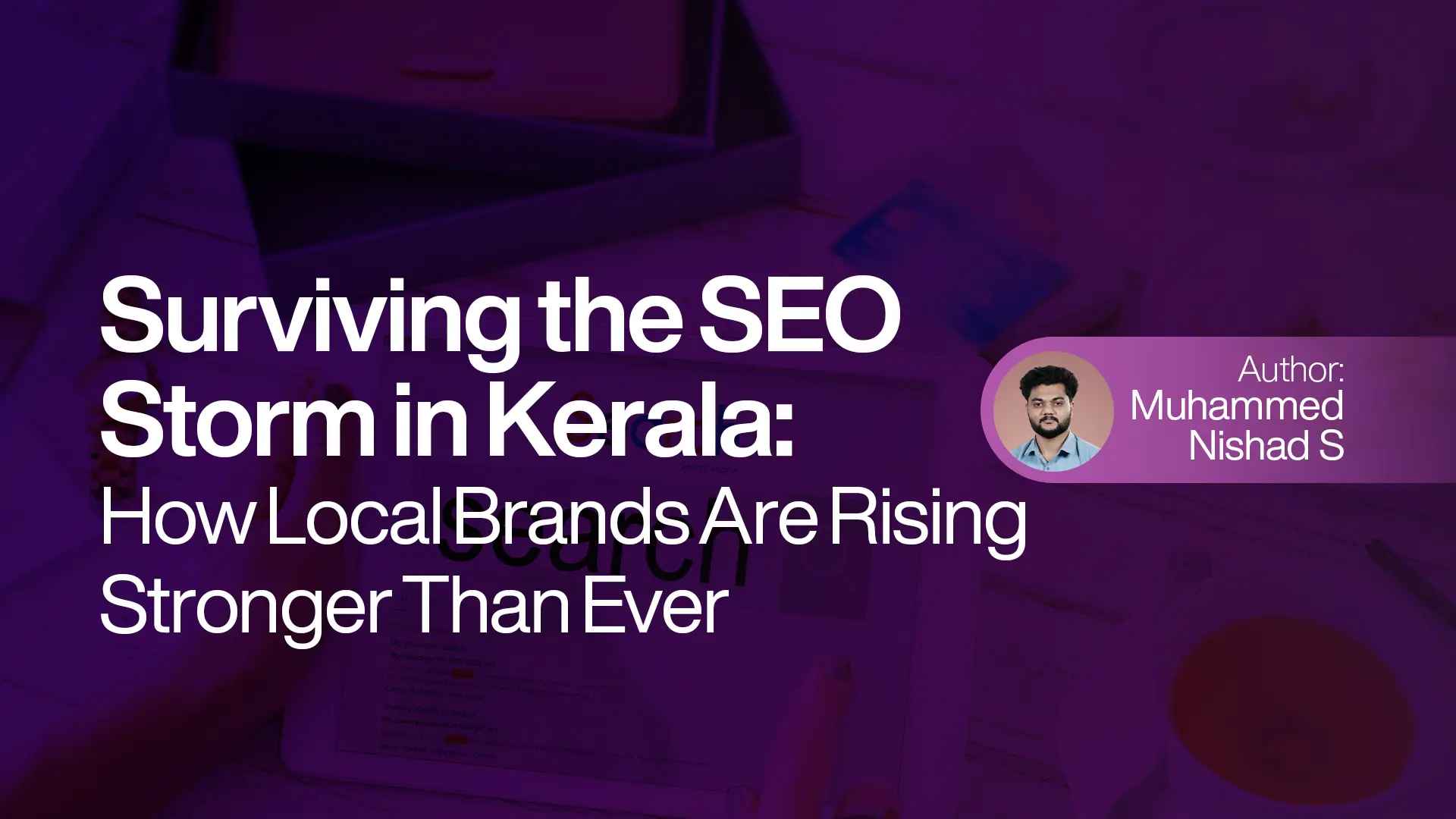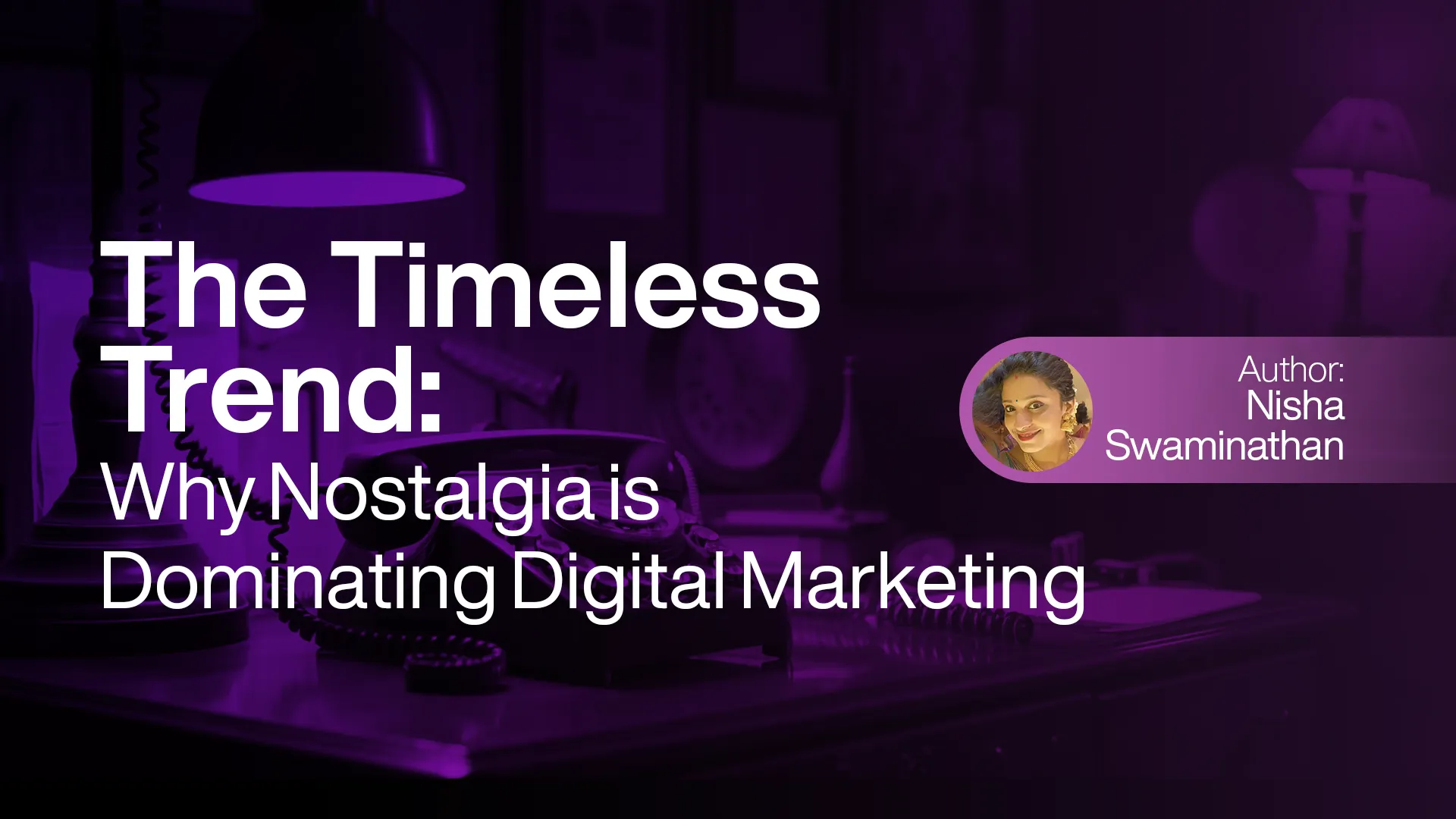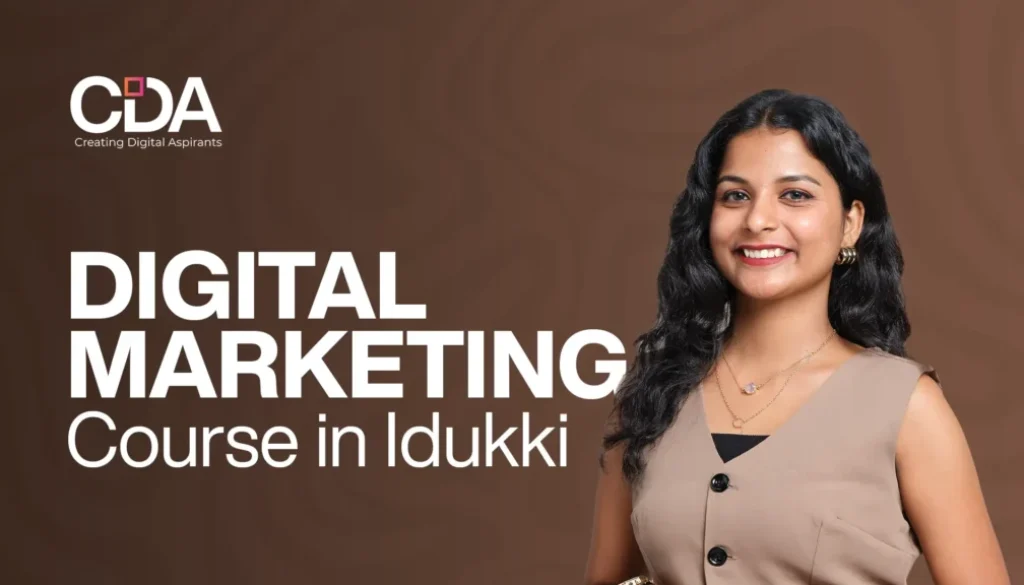In the digital marketing landscape, with every brand vying for attention, getting noticed takes more than great visuals or savvy catchphrases. One of the emerging trends that's making a silent splash is ASMR - Autonomous Sensory Meridian Response , and its unexpected role in audio-based content marketing.
You’ve probably come across ASMR videos or audio clips: the soft whispers, gentle tapping, or the crisp sounds of paper crinkling that send pleasant chills down the spine. But beyond relaxation, ASMR is carving out a space in marketing strategies, helping brands create memorable, emotional connections with audiences.
Let’s explore how ASMR fits into modern content marketing, what makes it effective, and how small businesses can use this tool creatively.
What is ASMR, anyway?
ASMR stands for Autonomous Sensory Meridian Response. It describes the tingling, soothing feeling that individuals experience when they react to certain audio or visual stimuli such as soothing speech, leaf rustling, or gentle rain noises. For many, ASMR material is comforting, used to aid in relaxation, sleep, or stress reduction.
In content marketing through audio, ASMR-type sounds can engage those emotions, creating a stronger connection between audiences and brands. When well-executed, it becomes something that listeners actually want to listen to, rather than an experience just endured through.
Why ASMR is effective in marketing
Humans are bombarded daily by noise literal and metaphorical. Regular ads are commonly ignored or skipped. But ASMR audio engages listeners. It commands attention not by volume, but by calmness.
Here's why ASMR is so effective in audio content marketing:
- It evokes emotion - ASMR sounds can make humans feel relaxed, secure, or nurtured. These feelings create positive associations with your company.
- It differentiates - Few brands are leveraging ASMR yet, so brands that do can feel new and unique.
- It promotes deeper engagement - People listen to ASMR content for longer periods of time, which provides brands with more time to communicate their message.
- It engages the senses - Advertising that engages senses such as touch or hearing (even in a virtual sense) makes for stronger recollections.
Case study: How a tea company leveraged ASMR to grow
Let's see a real-life example of the role of ASMR in audio-based content marketing in action.
A Kerala-based organic tea business wanted to market its soothing herbal teas. Rather than executing conventional radio commercials or social media campaigns, they developed an ASMR audio campaign.
Here's what they did:
They filmed the calming noises of their product — the gentle pouring of tea, the soft sound of tea leaves, and the clinking of a spoon whisking honey.
- These noises were accompanied by a soothing, whisper-like voice discussing the advantages of relaxation and mindful breaks throughout the day.
- The clips were posted on Instagram Reels, YouTube, and Spotify in the form of short sound ads.
- They also designed a 10-minute ASMR "tea break" soundtrack that followers could use while working or at night.
The results were staggering: the ASMR content and ads were more shared and saved than their past campaigns. Website traffic surged after every audio drop, and their herbal tea sales increased by 30% in two months.
This straightforward but innovative employment of ASMR made the brand resonate on a sensory and emotional basis, making their message and their offerings more likely to be remembered.
How small businesses can apply ASMR to their marketing
You don't need a recording studio or professional gear to begin experimenting with ASMR elements in your content. Here's how small businesses can tap into this trend:
- Concentrate on natural noises connected with your product or service - For instance, a baker might capture the crack of bread crust or the spreading of frosting. A candle company might record the flicker and gentle crackle of a wick.
- Be genuine - ASMR performs best when it sounds real. Utilize real sounds, not highly processed effects.
- Combine ASMR sound with storytelling - Gentle, soothing voiceover can add to the effect. Describe brief stories of your product's origin, or give soft affirmations related to your brand's values.
- Play with short audio snippets - Test 30-second to 1-minute ASMR reels or posts. Test what works, and scale from there.
- Think about podcasts or guided sessions - If your company is wellness, mindfulness, or lifestyle-related, more in-depth ASMR-style audio (such as 5-10 minute relaxation sessions) might be a special offering.
Mistakes to avoid
Even though ASMR holds wonderful potential, it is advisable to enter into it carefully.
- Don't overdo it - Whispering too much or having too many layers of sounds might put listeners off or overwhelm them.
- Don't force the trend - Skip it if ASMR doesn't suit your brand or feels unnatural.
- Mind accessibility - Ensure any words spoken are audible enough for listeners to catch, even when spoken softly.
Final thoughts
The future of audio-based content marketing with ASMR is just being tapped, but it presents compelling opportunities for brands to engage on a more intimate, sensory level. In a cacophonous online world, it's often the soft, calming moments that create the greatest impression.
If you're an entrepreneur, think about the sounds of your work, your process, or your product becoming part of your marketing narrative. With a bit of imagination, ASMR can assist you in building content that not only markets your brand but also provides an instant of relaxation your audience will cherish and recall.

